The Amazon River is the largest river in the world by discharge volume and second longest in the world (after the Nile). Originating in Peru, the Amazon flows 4,000 miles (6,400 km) eastward drain into to the Atlantic Ocean in Brazil.
The river has two seasons, high water and low water, with a 35-45-ft (10.6-13.8m) difference in water height between them. The wide diversity of flora and fauna that lives within that changing range must adapt to the different water levels. Some animals move higher into the trees, never to set foot on the ground until low water, and some fish migrate deep into the small creeks that come into existence during high water, returning to the main river at low-water season when the creeks dry up. And many of the people that live along the river migrate inland during high water season, or build their houses on stilts. The picture below shows the same house at high water on the left and marked with a red dot at low water at right.
Over US Thanksgiving this year, we spent a fantastic seven nights cruising the Peruvian Amazon on board the Aqua Nera. We flew from Seattle to Lima via Los Angeles, spent the night at the Lima airport hotel, then continued on the next day to Iquitos on the Amazon River.
Aqua Expeditions, owner of the Aqua Nera, met us at the Iquitos airport and gave us a quick tour of Iquitos before a delicious lunch at a local hotel. The temperature that day was a typical 97°F (36°C).
Iquitos has a population of roughly 500,000 and, having the only commercial airport in the region, is the gateway to the Peruvian Amazon. With a population of 500,000, it is the largest non-island city in the world accessible only by air or water. Iquitos grew to prominence during the 19th-century Amazon rubber boom, and has since diversified its economy to include timber, oil, minerals, fish, agriculture and tourism.
Private vehicle ownership, particularly of full-sized vehicles, is rare here. The dominant form of transport is the tuk tuk, and we passed literally hundreds of these three-wheeled motorcycles as we drove through town from the Iquitos airport after our flight from
Before continuing on to the boat, we walked around the downtown core of Iquitos, exploring. Parts of Peru have personal security and theft problems but, like most countries in the world, these problems are concentrated in the larger centers. Iquitos is small, and there isn’t even a road connecting it to larger cities.
Our tour was in the high-water season, where passengers usually meet the ship in Iquitos. But due to drought conditions, the water was lower than normal even for low water, so the Aqua Nera wasn’t able to reach Iquitos and we instead were bused a couple of hours south to Nauta. There we were tendered to the ship, moored against the shore on the opposite side of the river.
We spent the next seven nights on board the Aqua Nera, cruising the Ucayali and Maranon rivers that converge at Nauta to become the Amazon River. We moved small distances, in both daylight and after dark. When underway at night, the captain used a bright spotlight to periodically light up the way in front. The Aqua Nera tended to run quite slowly, at 4 knots or less when working against current. But much as Dirona carried a high-speed tender, the Aqua Nera carries capable and comfortable 12-person, high-speed launches that plane easily for longer-distance runs.
When the ship stopped for a time, we only anchored once, and usually moored by simply tying off to a tree ashore. It felt a little strange to be on a ship right up against the side like that. One afternoon the winds came up to 40 kts and the captain tucked the ship even closer against the shore to wait out the system. Due to drought conditions, the ship wasn’t able to travel as far into the rivers as advertised, but we made longer explorations in the ship’s launches and went somewhere different each day.
Except for the road between Iquitos and Nauta, few roads are in the region and much of the traffic moves along the river. In addition to several other cruise boats, we saw much commercial traffic and many small local boats powered by small two-stroke engines spinning tiny propellors.
The Amazon River is wide, reaching 7 miles (11 km) across near Nauta. But the small boat excursions took us into the smaller and more intimate tributaries and narrow creeks. Most of the trips were for a couple of hours, but we made one 5.5-hour trip up Nauta Creek to explore in-depth. The smaller creeks don’t carry the sediment of the Amazon and its tributaries, and the division between the “whitewater” of the Amazon and the “blackwater” of the creeks is quite obvious. The “whitewater” of the larger river, however, is always an opaque brown.
The best time to spot wildlife is around sunrise and sunset, and we made two excursions early in the morning and a couple more at dusk on different days. One of the dusk trips was rained out, but we had spectacular weather for the second and spotted our first monkeys of the trip.
Besides exploring by launch, we took two jungle walks on the trip, one along the Ucayali River below the high water line and the second above high water along the Maranon River. We really enjoyed walking through the Amazon jungle, where the trees and jungle vines often grow in fantastically contorted shapes, and seeing many of the unique creatures that lived there.
The Amazon is home to a diverse range of birdlife, many with spectacular plumage. Some of the birds we saw included hummingbirds, hawks, egrets, kingfishers, parakeets, and macaws.
A similar variety of flora grow in the jungle and along the river banks.
We also saw a number of reptiles, including anacondas, boa constrictors, iguanas and poison frogs. Anacondas are rare to spot, and the one we saw was just a baby, but a full grown anaconda can grow to 17 ft (5.2m) long and weigh 215 pounds (97.5 kg). They are the largest, heaviest and second longest snake in the world. The reptile coils around its prey and constricts to suffocate it, then swallows it whole. It may be small, but we still didn’t crowd it. It’s amazing to be walking through the jungle and seeing animals you’d normally see only in a zoo. After we’d been observing the snake for a few minutes, James pointed out that where there’s a small anaconda, there may be a larger one above :-).
On the jungle walks in particular, we saw many unusual insects, including a pink-toed tarantula the size of Jennifer’s hand, and bullet ants, so-called because their venom is so strong that a bite feels like being hit by a bullet.
Our favorite of the mammals were the elusive monkeys. They move quickly, are difficult to find, and even harder to capture in a photograph, but we were lucky to spot several groups on an evening excursion. Other mammals we saw included bats, Amazon river dolphins, sloths and giant river otters.
The Amazon River is home to thousands of species of fish, but we didn’t see many of these through the murky water. We did, however, get a close-up look at one of the more famous fish, the piranha, while fishing in a small creek. Check out those teeth! After we’d caught a fish, our guide tied it to a stick and tossed it in the water for a hawk to swoop in and feast on. Later, the chef cooked piranha as an extra dish at dinner.
We spent most our time in the Pacaya Samira National Reserve, an 8,000 sq mi (20,800 sq km) protected area around the Amazon tributaries south of Nauta. About 40,000 people live on the reserve, in large and small villages along the shore. We often passed locals travelling or working along the river. One day, we passed a group gathering catfish and roe along a small creek off the Amazon River. The catfish lay their eggs in underwater holes along the river bank and locals dive to retrieve the roe for food, and they also take some of the catfish.
Most of the villages were near the Amazon, at least at one time. But the river changes course frequently, and some of these villages are now a considerable distance from the river shore. We visited one of these “orphaned” villages on one of our excursions, and took a quick tour through by bicycle.
Many tourist lodges also have been established in the reserve. We passed several during our excursions, and often saw their tour boats out on the river.
The ship runs three-, four- and seven-night trips. After cruising the Ucayali River, we returned to Nauta to disembark the three-night guests and embark those staying for four nights for the Maranon River. During that day, we visited the expansive Nauta market, where people from all around come to buy and sell household necessities, ranging from flip-flops to fruit to medicine to 12-gauge shotgun shells.
With a population of 35,000, Nauta is the staging area for much of the tourism into the Pacaya-Samiria National Reserve. It is the terminus of the main road from Iquitos, where visitors then travel by boat to lodges in the jungle or board a cruise ship during low water season.
After visiting the Nauta market, we toured the area by tuk tuk. The vehicles run amazingly close together, and there are no lanes. As many as can fit side-by-side, and occasionally a bit more, is the normal mode of operation. It was great fun, and a wonderful way to take in the town and surrounds.
We use AT&T’s international day pass to stay connected, and even had cellular connectivity outside town for James to answer a couple of time-sensitive emails.
Near the end of the week, we visited a rum distillery just north of Nauta, learned how they make the rum, and enjoyed a tasting.
On the day of our departure, we toured the Amazon Rescue Center in Nauta before being driven to the Iquitos airport. The conservation project rescues and rehabilitates manatees and other local animals with the goal of releasing them back to the wild where possible. We particularly enjoyed watching several Piracuru swimming in a large tank. Native to the Amazonian rivers and lakes, the air-breathing Piracuru is one of the largest freshwater fish in the world, and can grow nearly 10 ft (3 m) long and weigh 485 pounds (220 kg)
We had a fantastic time on the cruise, and would definitely take another with Aqua Expeditions. After some indecision, we ended up feeling fortunate to have booked for seven nights, as it gave us a greater opportunity for different experiences and to see a wider variety of wildlife. For example, we didn’t see any monkeys or macaws in the first three days, but saw several groups in the last four days. And our evening river excursion in the first three days was cut short due to rain, but we had a long, uninterrupted evening outing later in the week. We were expecting some overlap between the first three days and the last four, but other than fishing for piranha, there was little overlap on the excursions. And although we were a little disappointed that the ship couldn’t cover as much ground due to the lower water, the crew had adapted the trip to make up for it, adding the several-hour boat trip up Nauta Creek and the rum factory tour as first-time events.
Our routes along the Amazon River are shown on the interactive map below. Click here for a full-page map.
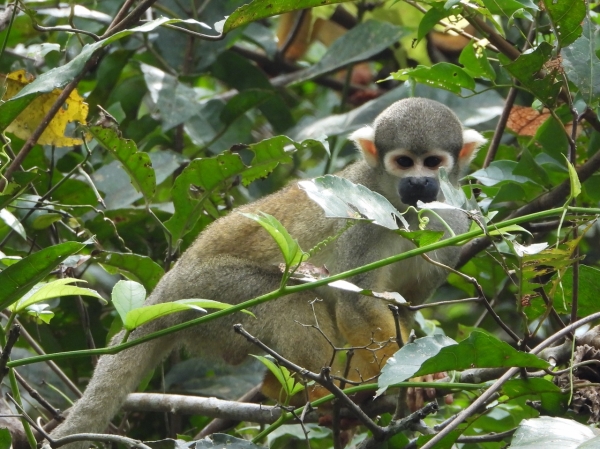
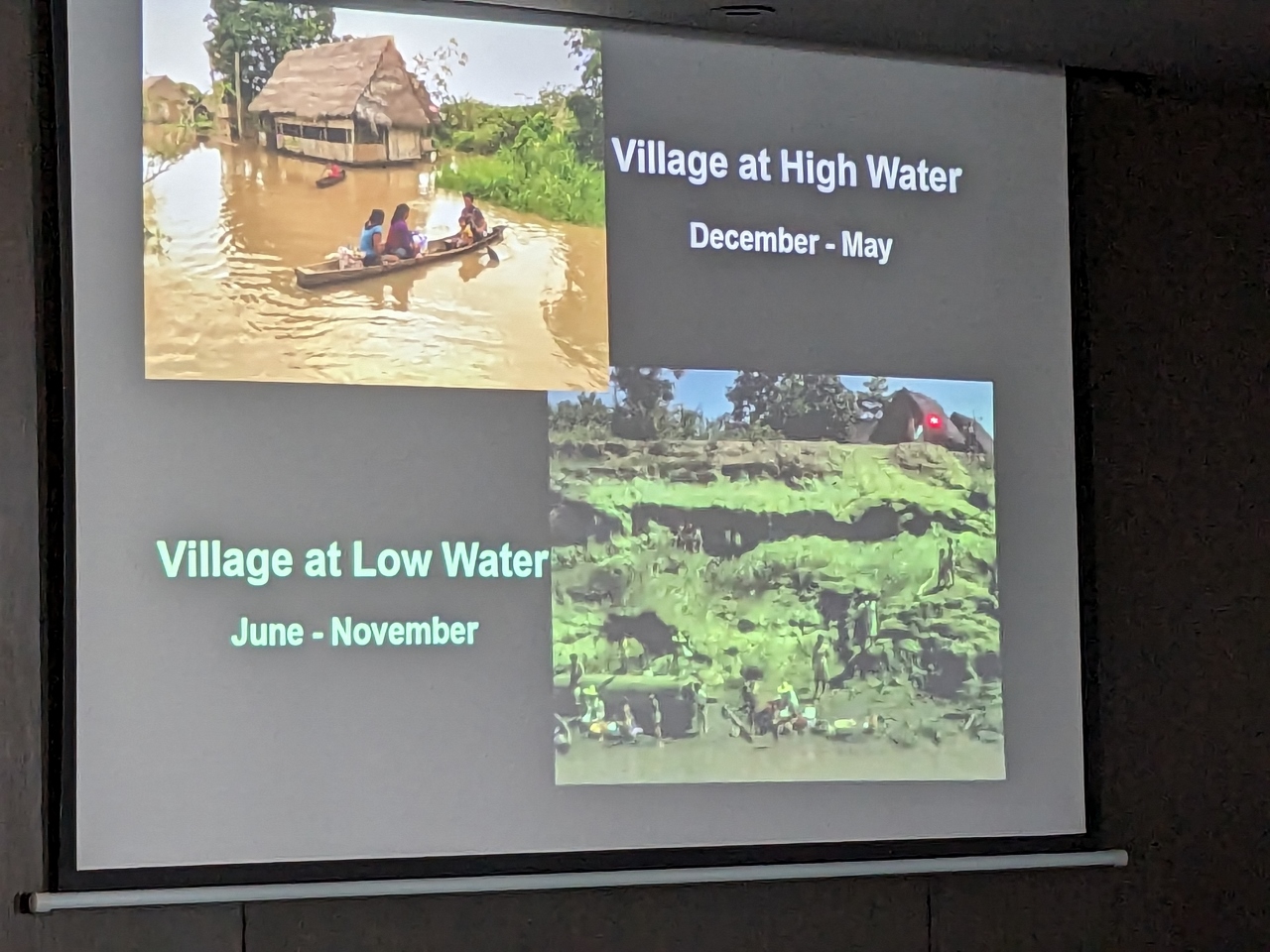
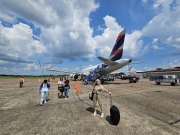
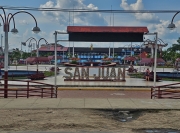
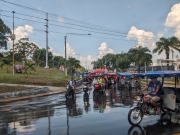
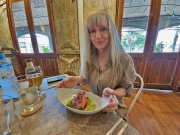
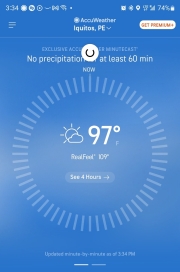
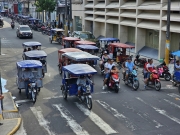
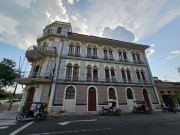
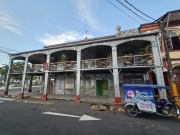
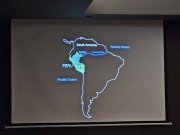
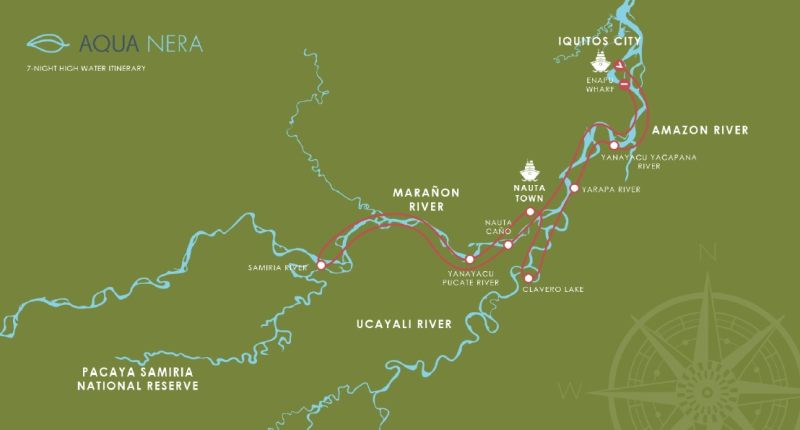
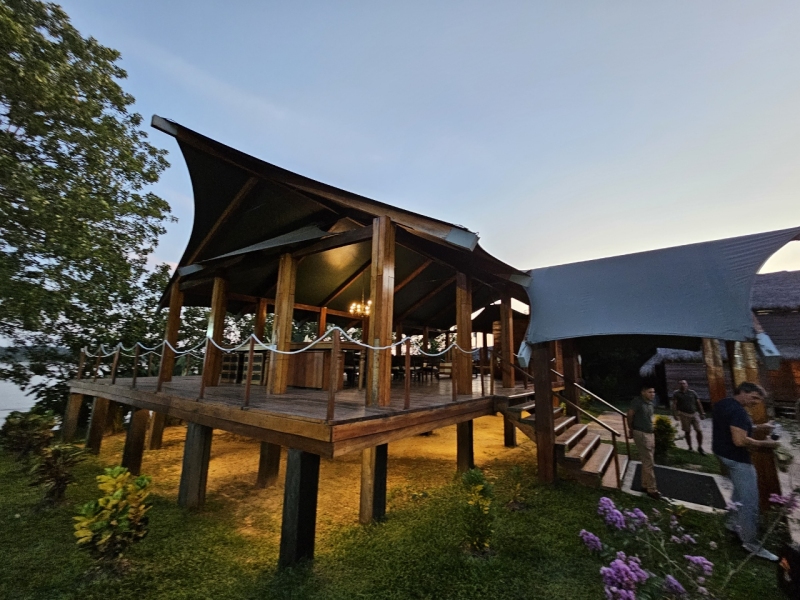
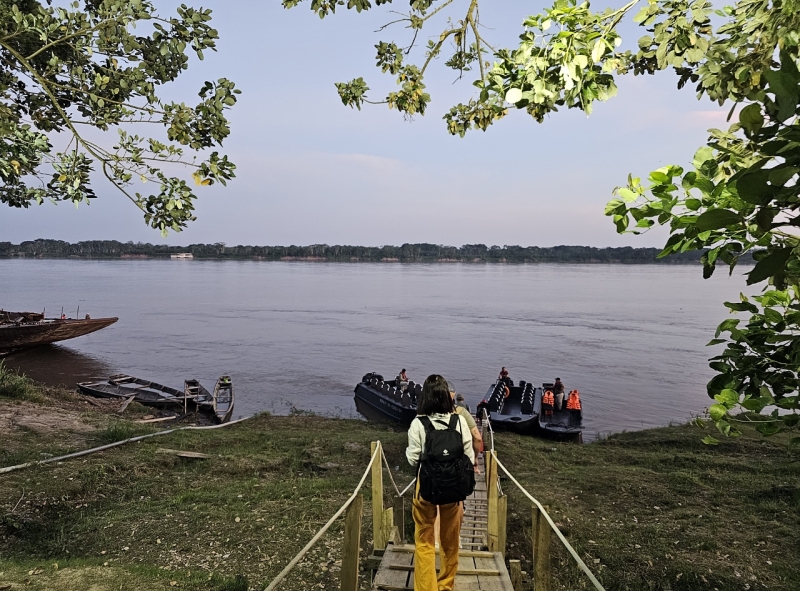

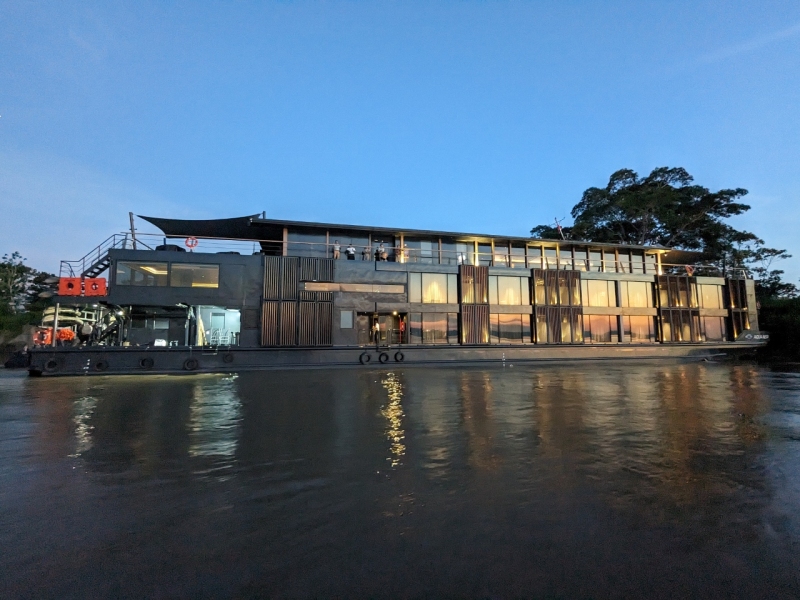
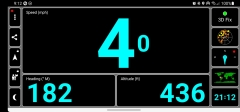
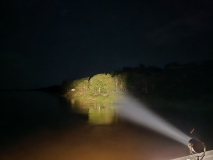
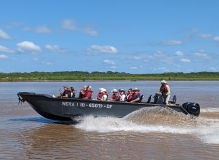
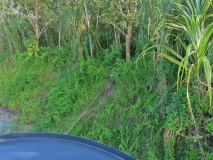
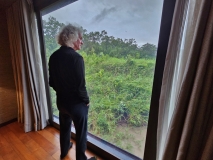
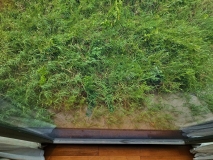
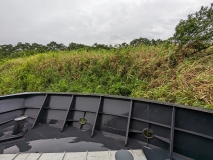
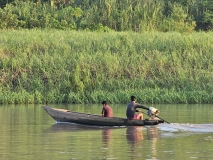
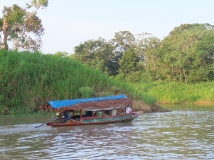
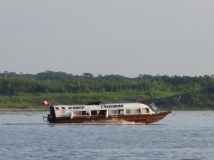
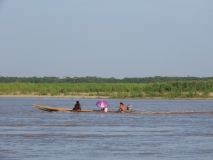
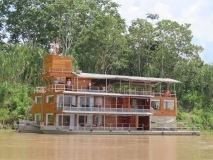
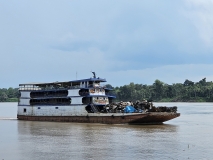
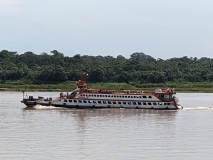
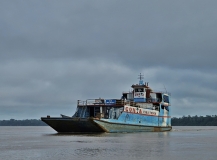
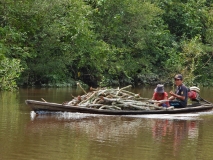
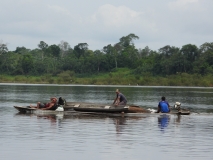

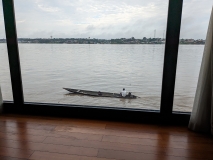
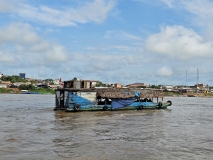
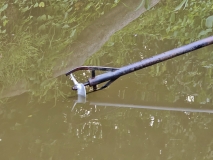
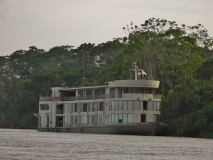
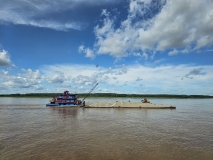
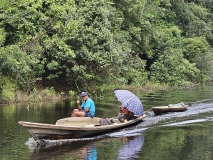
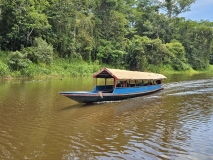
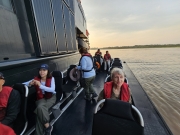
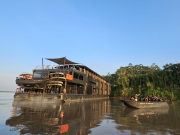
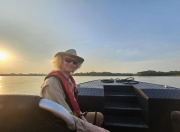
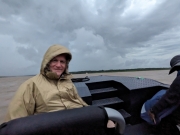
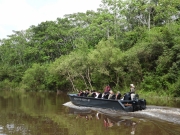
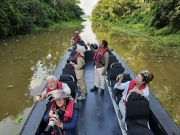
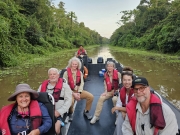
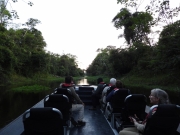
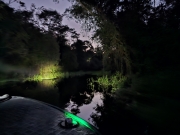
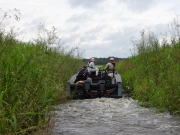
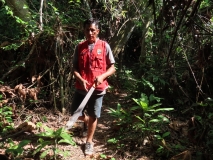
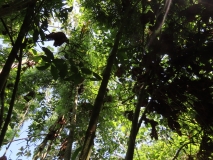
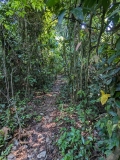
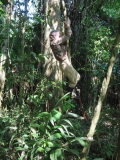
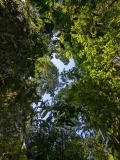

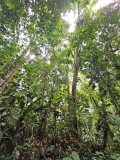
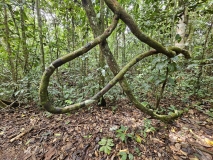
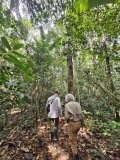
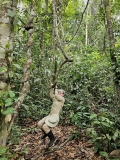
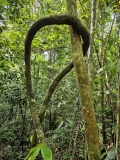
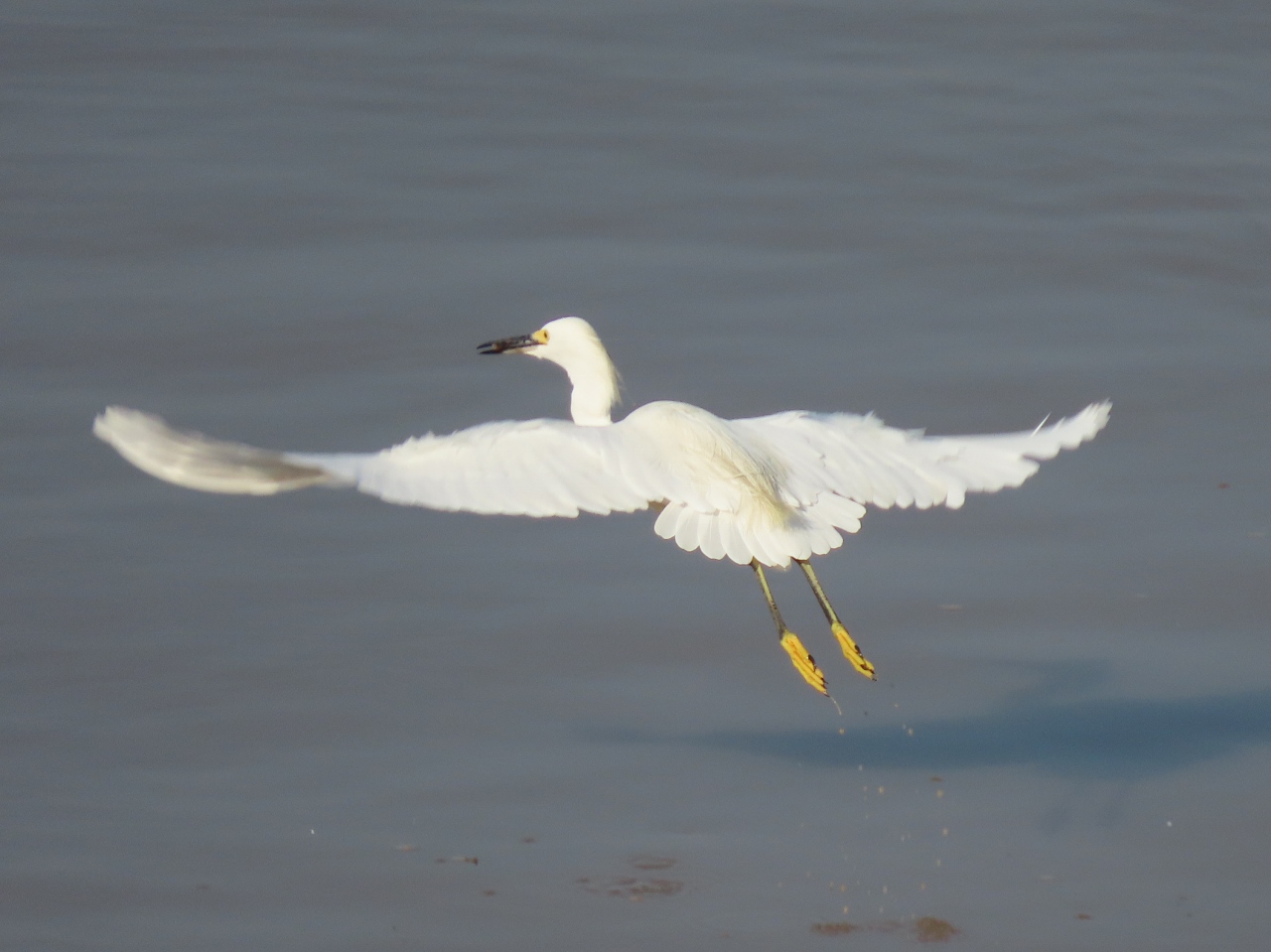
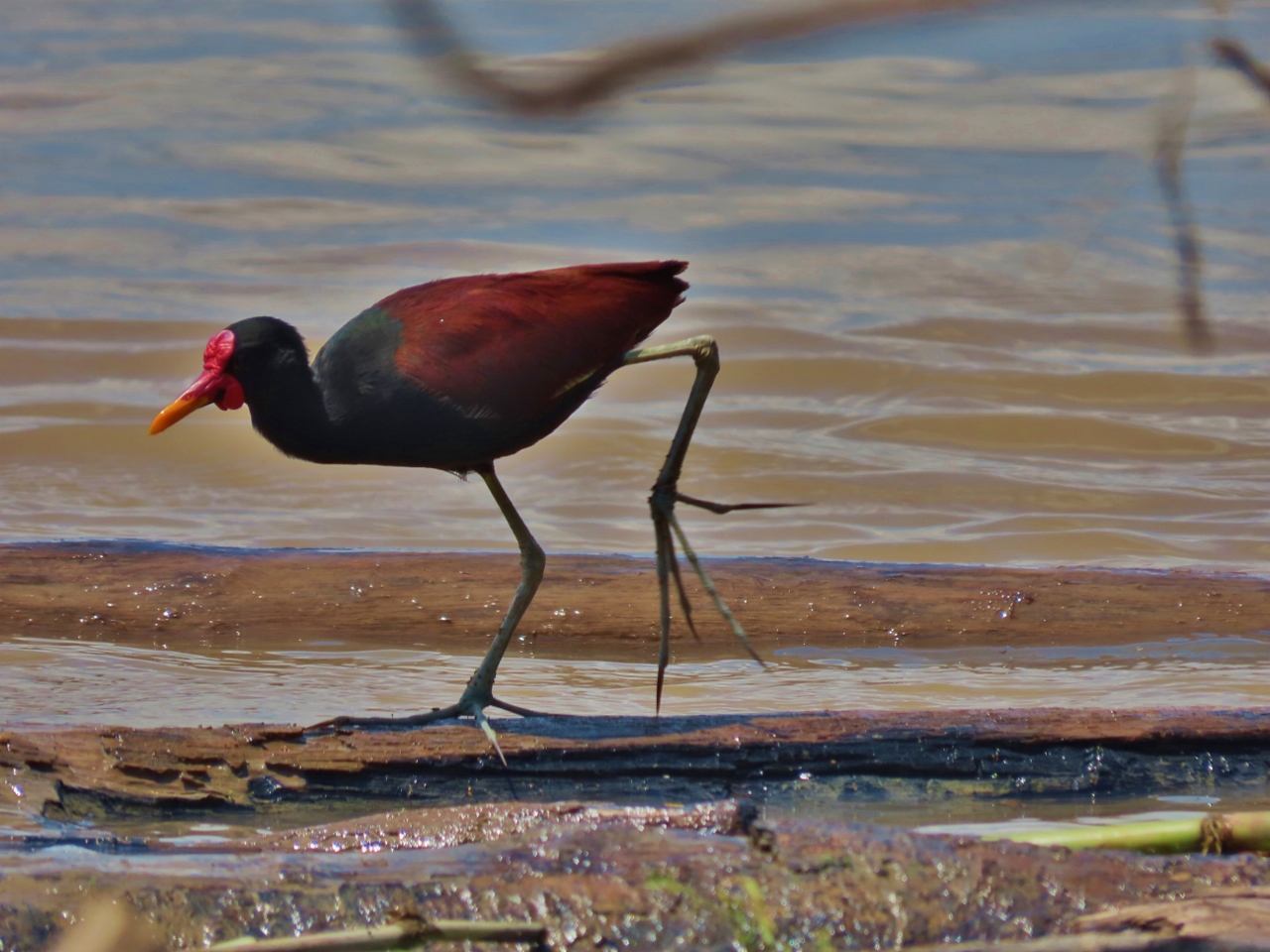
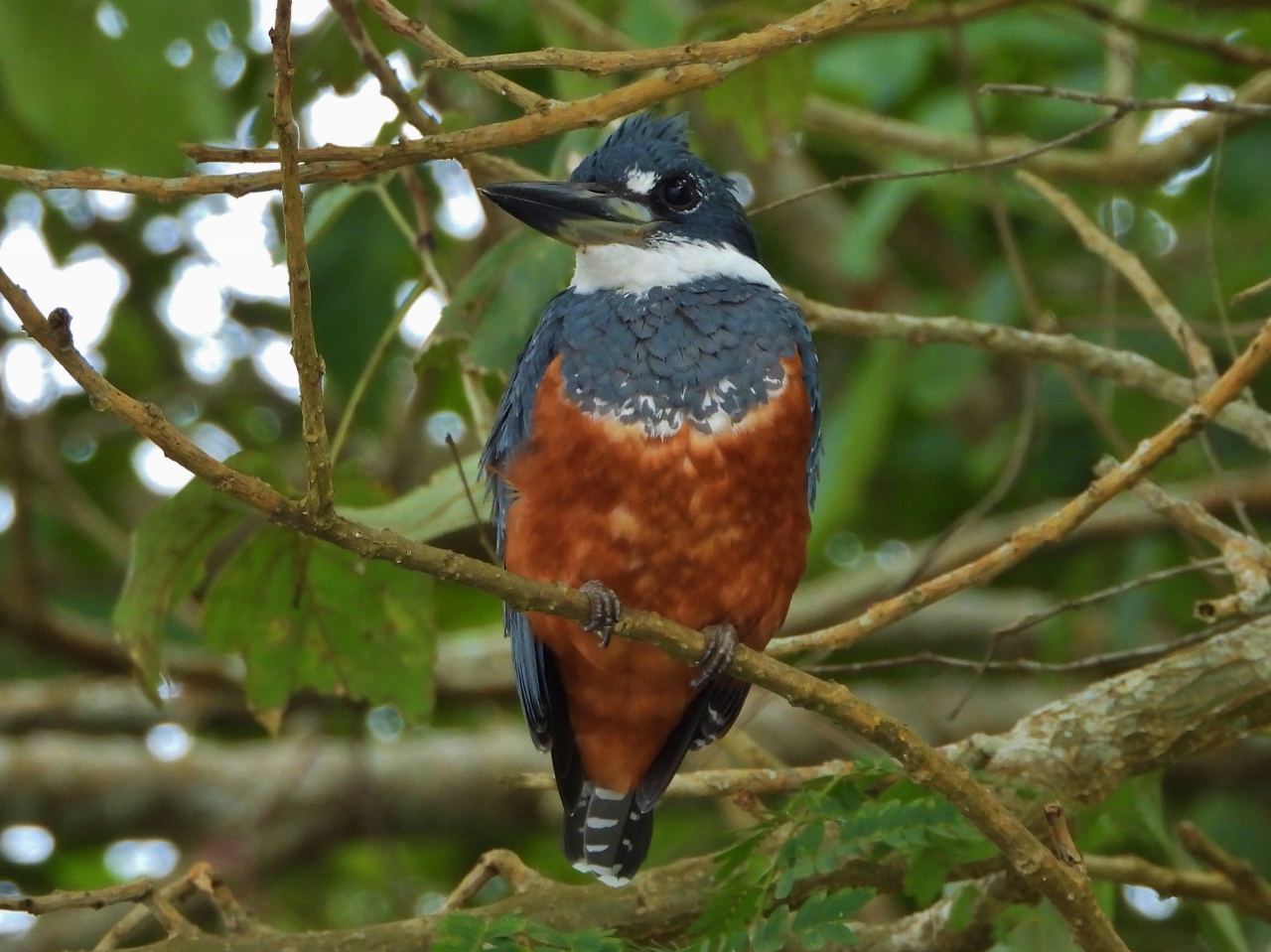
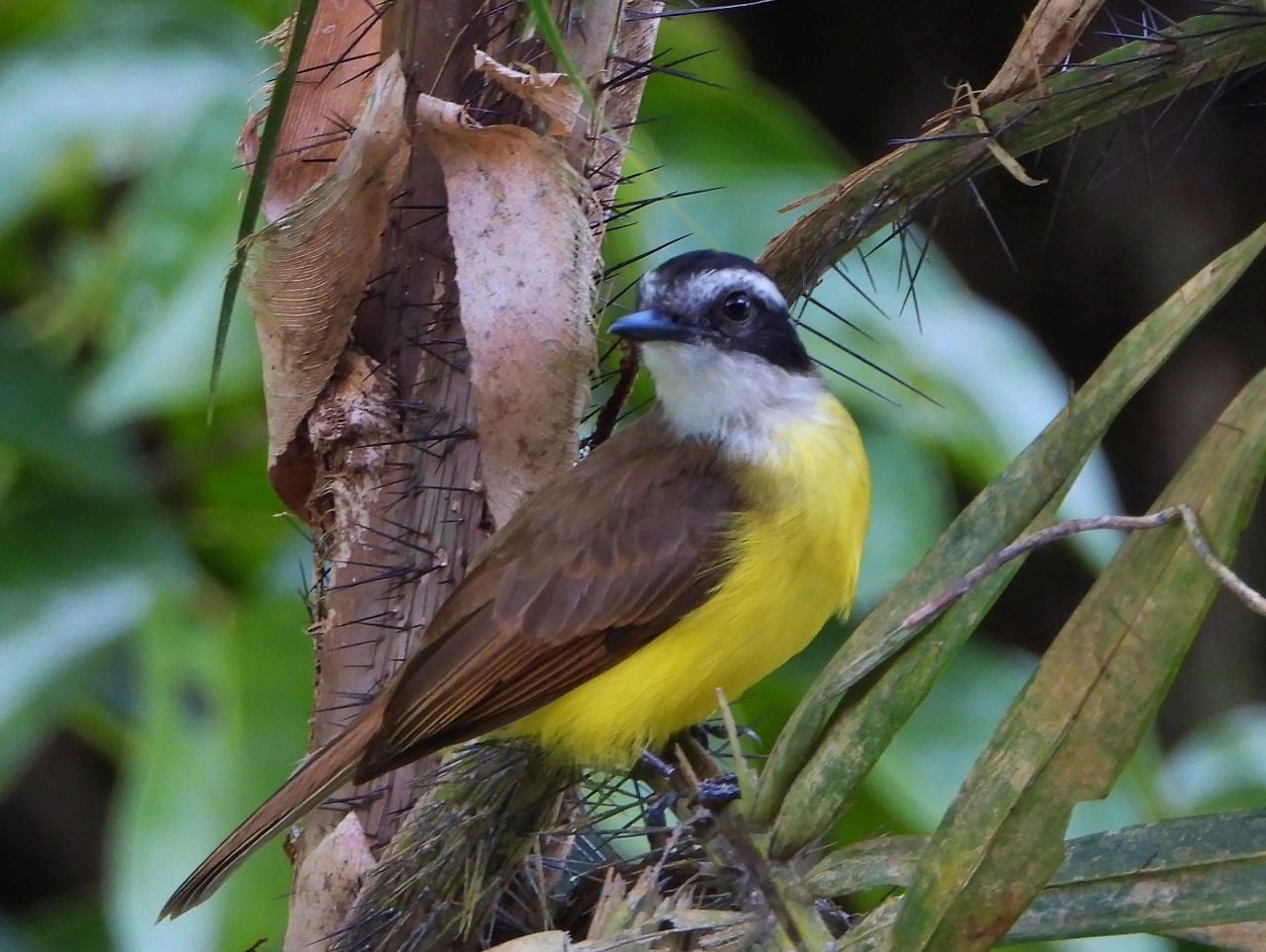

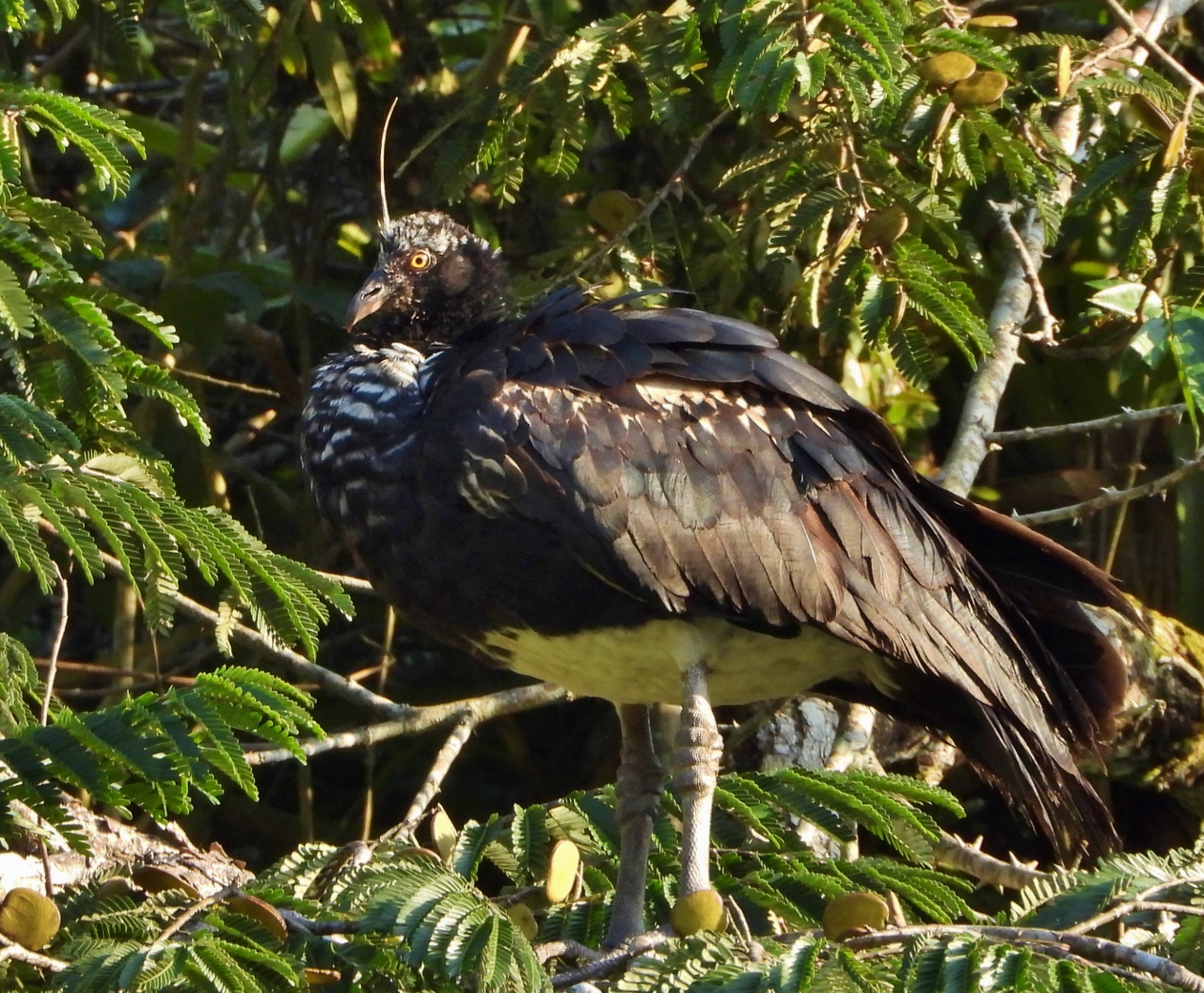
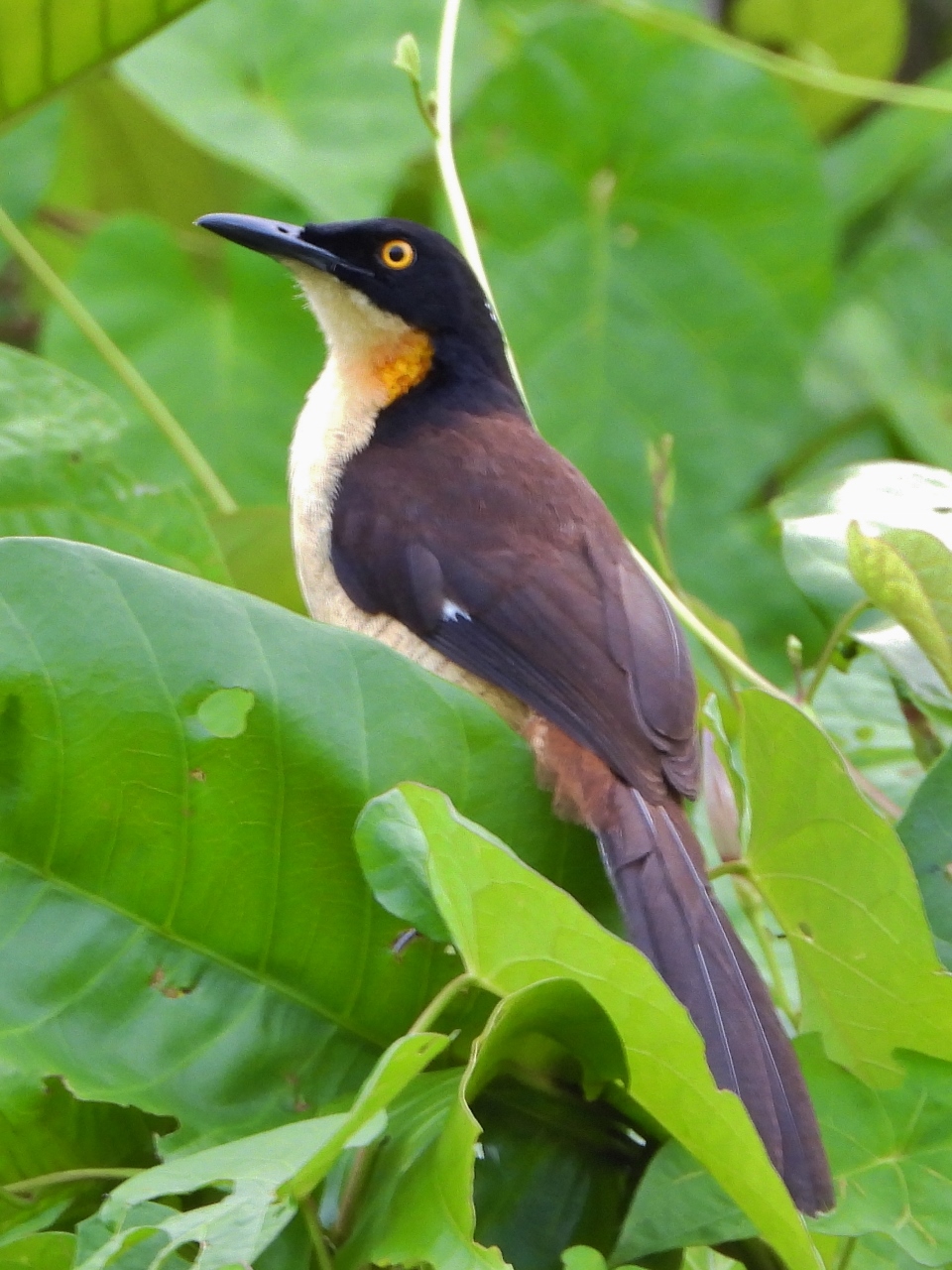
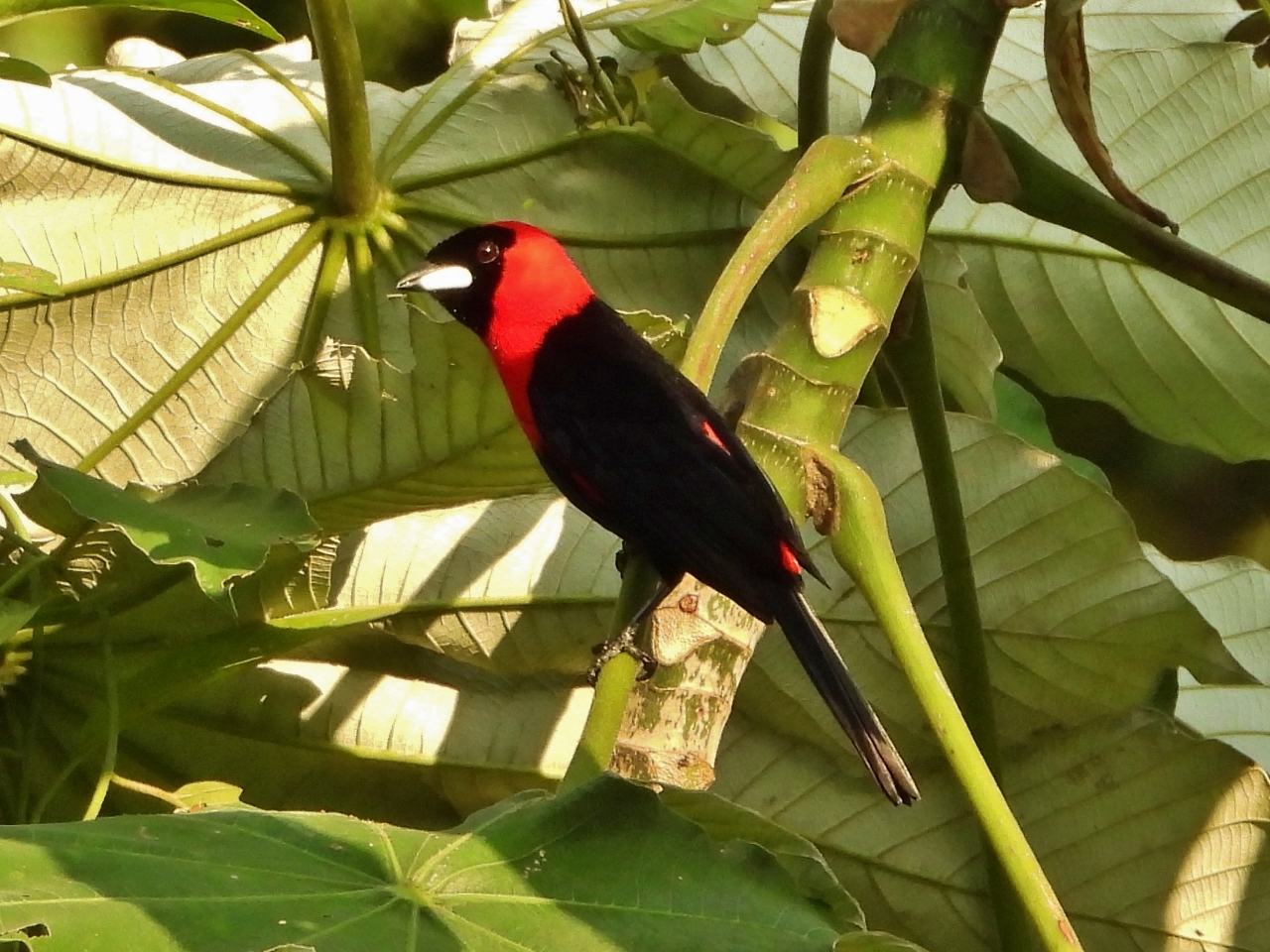
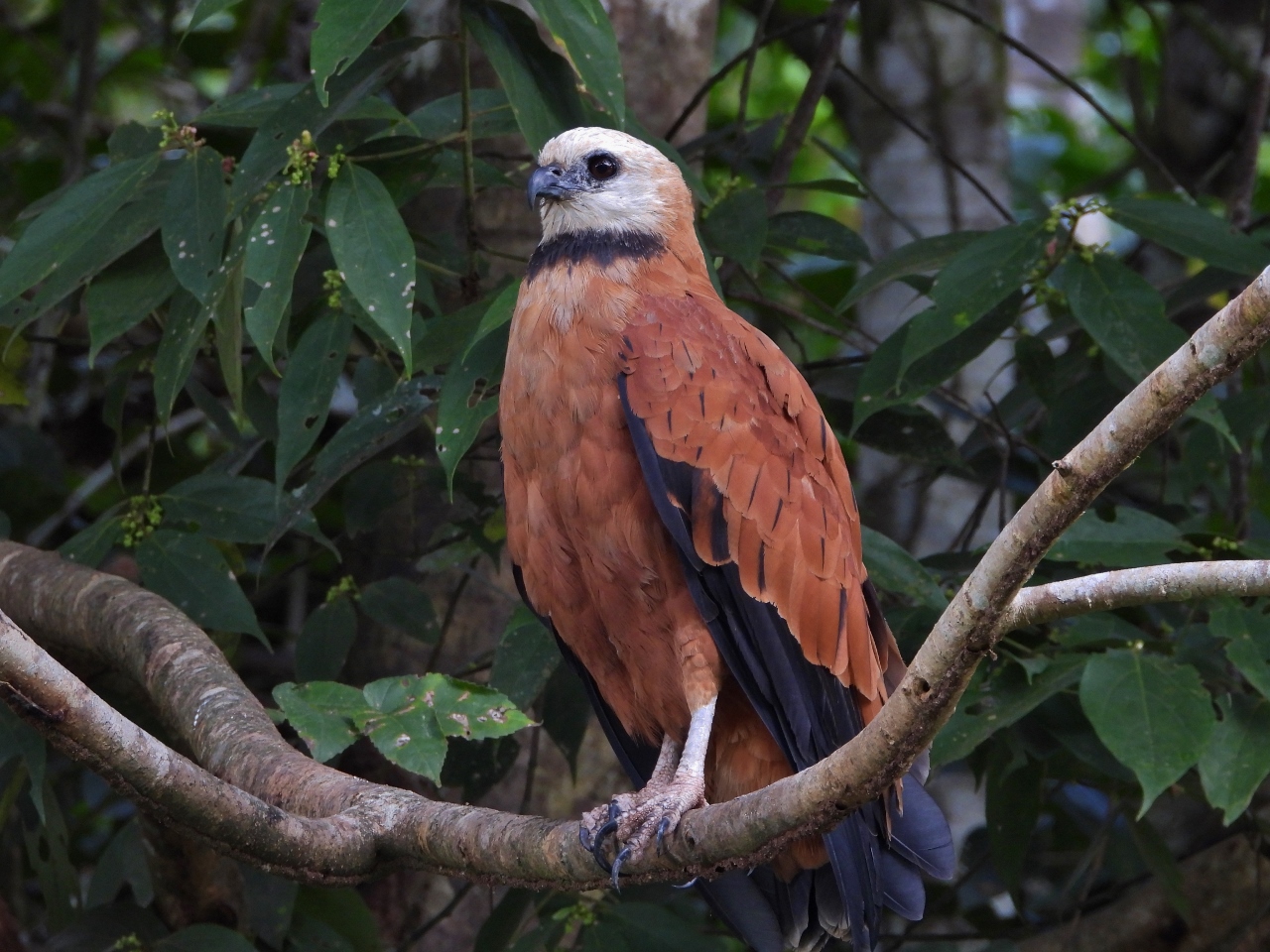
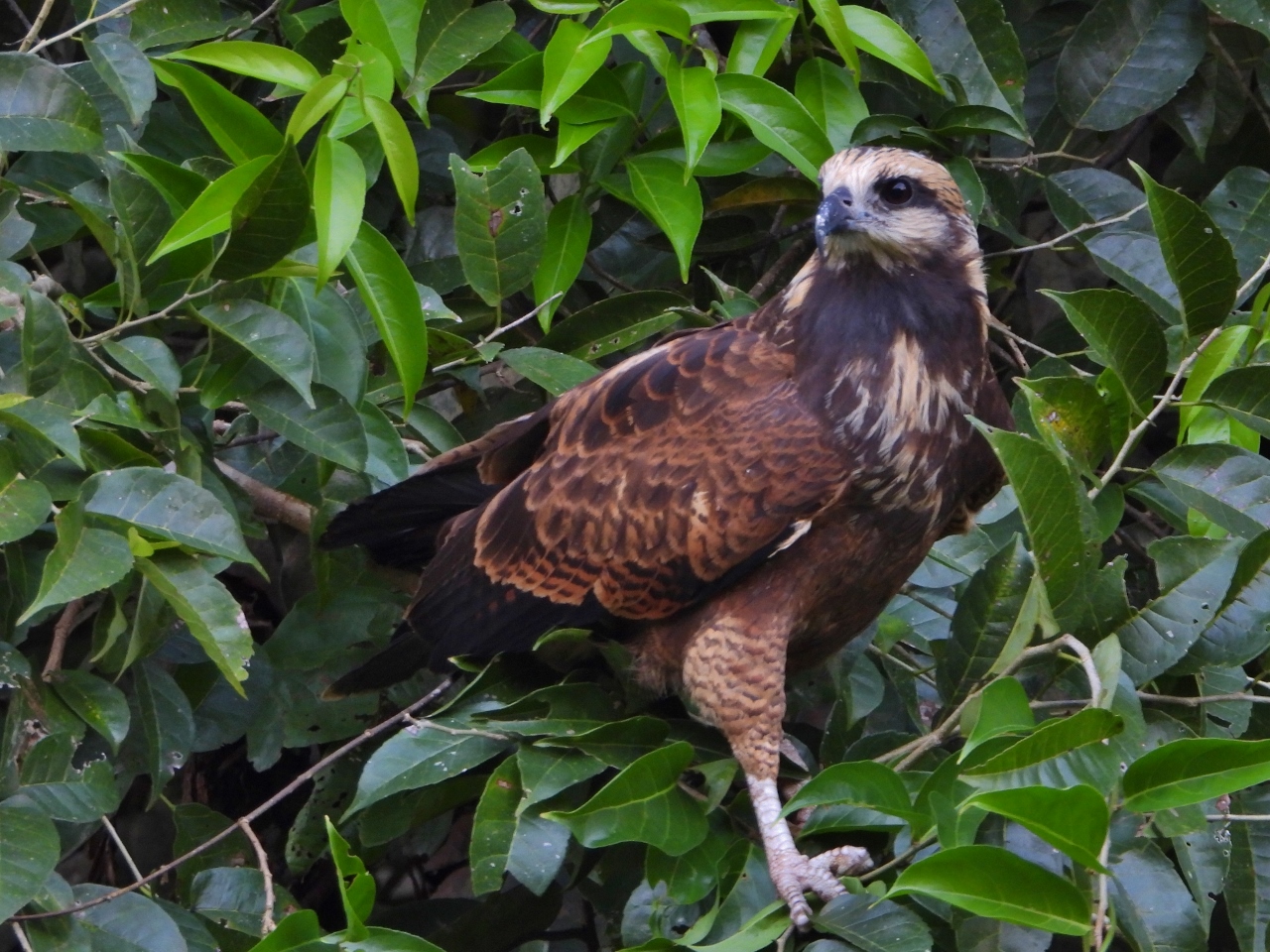
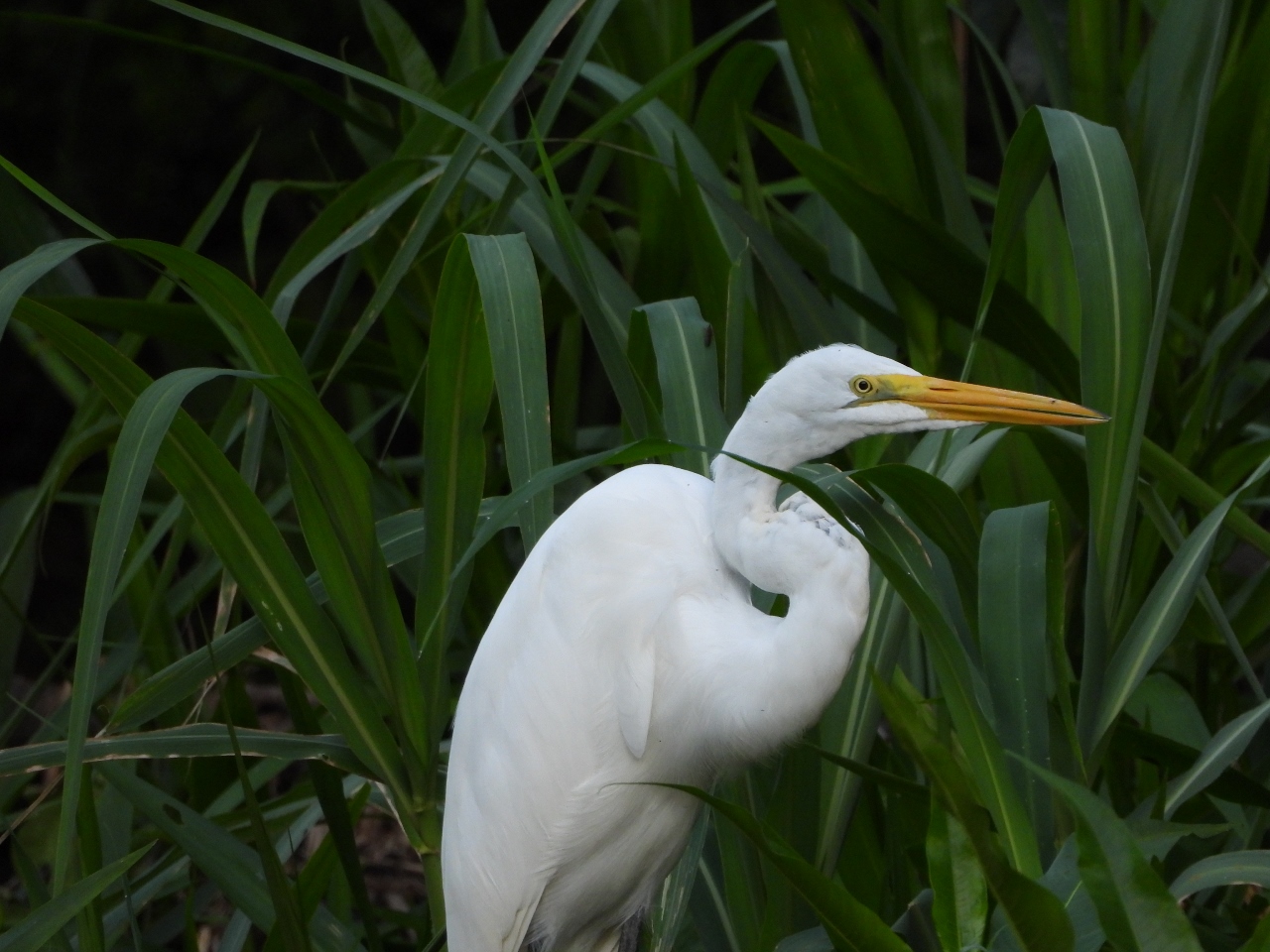
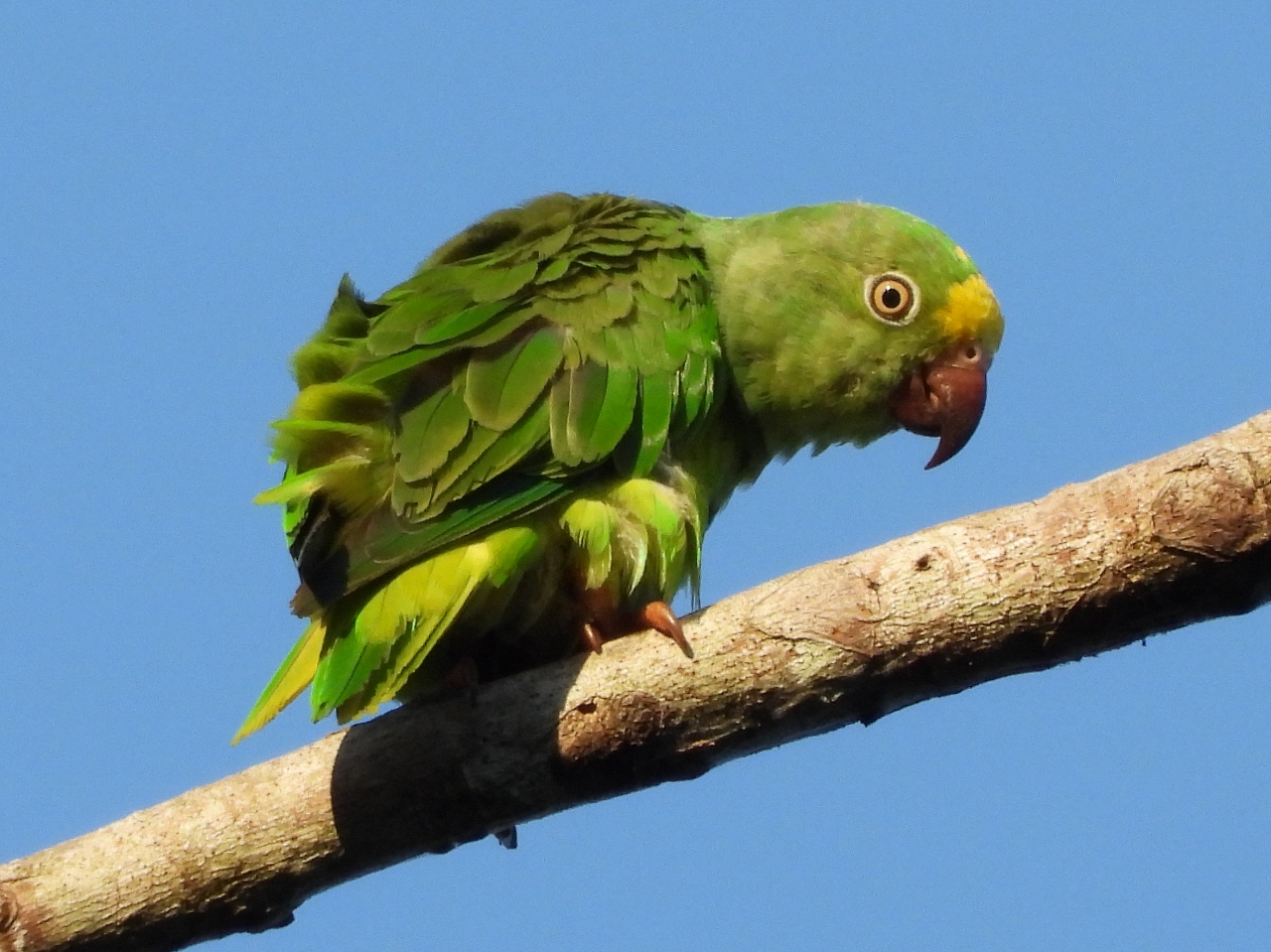
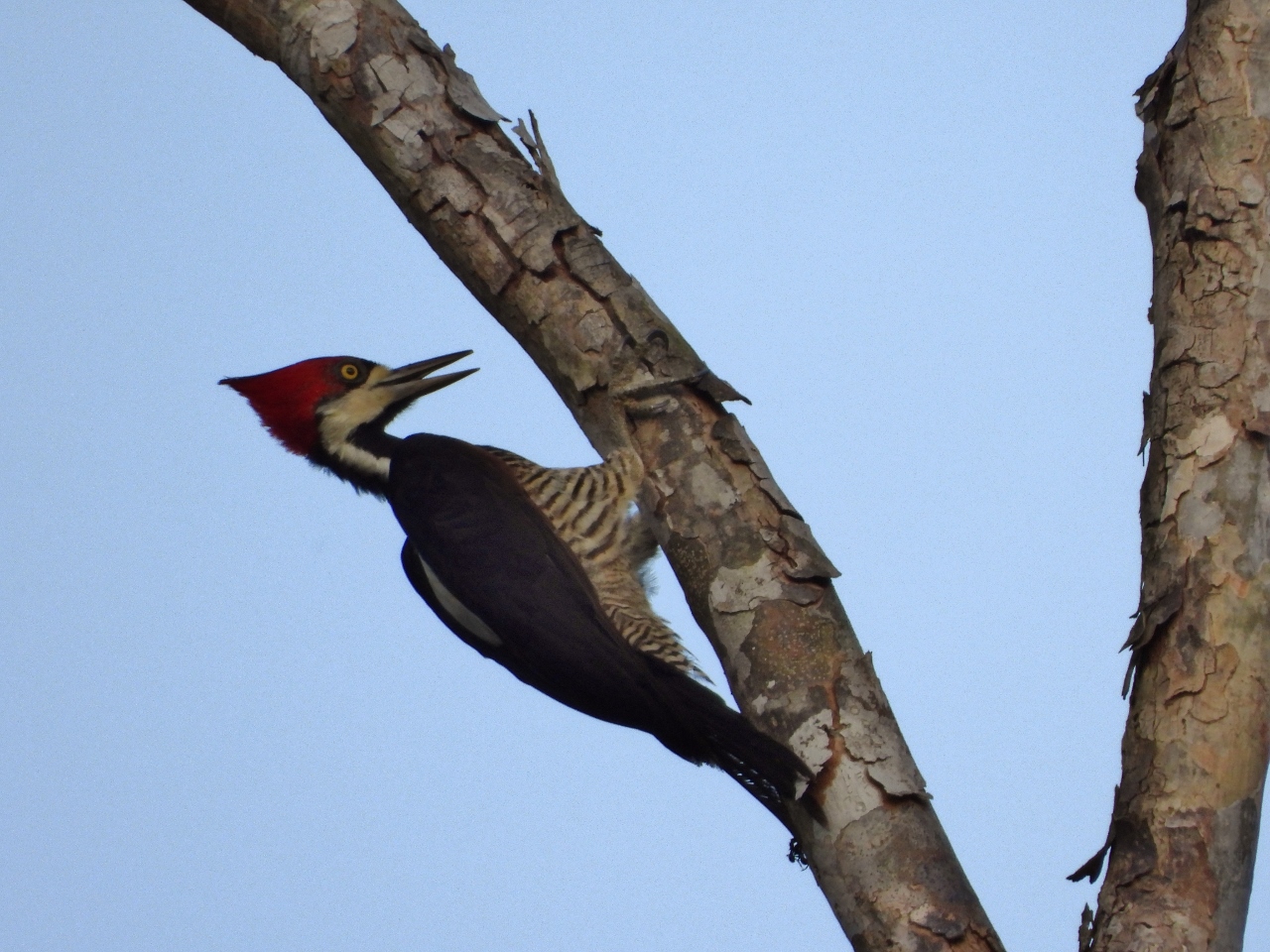
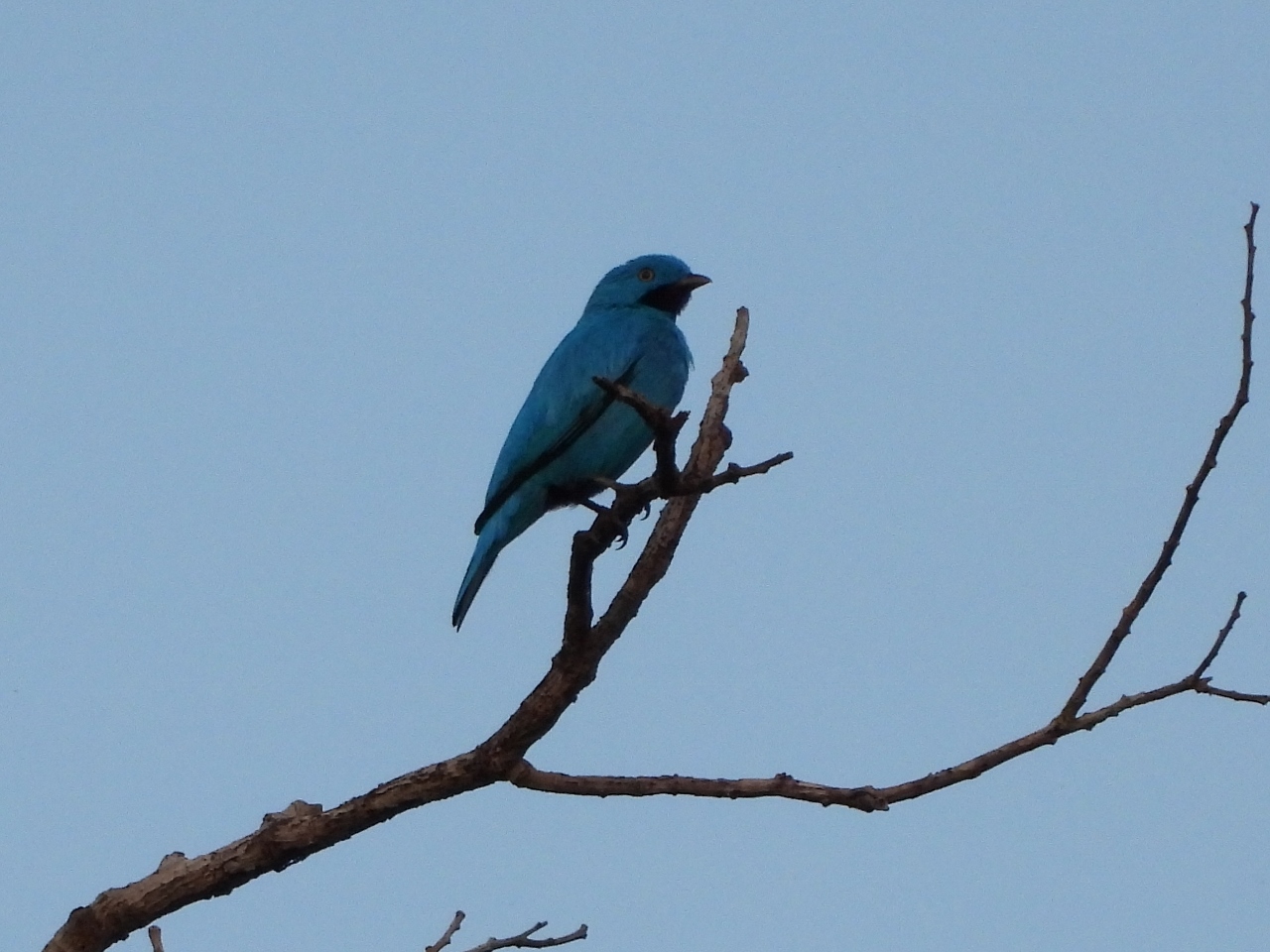
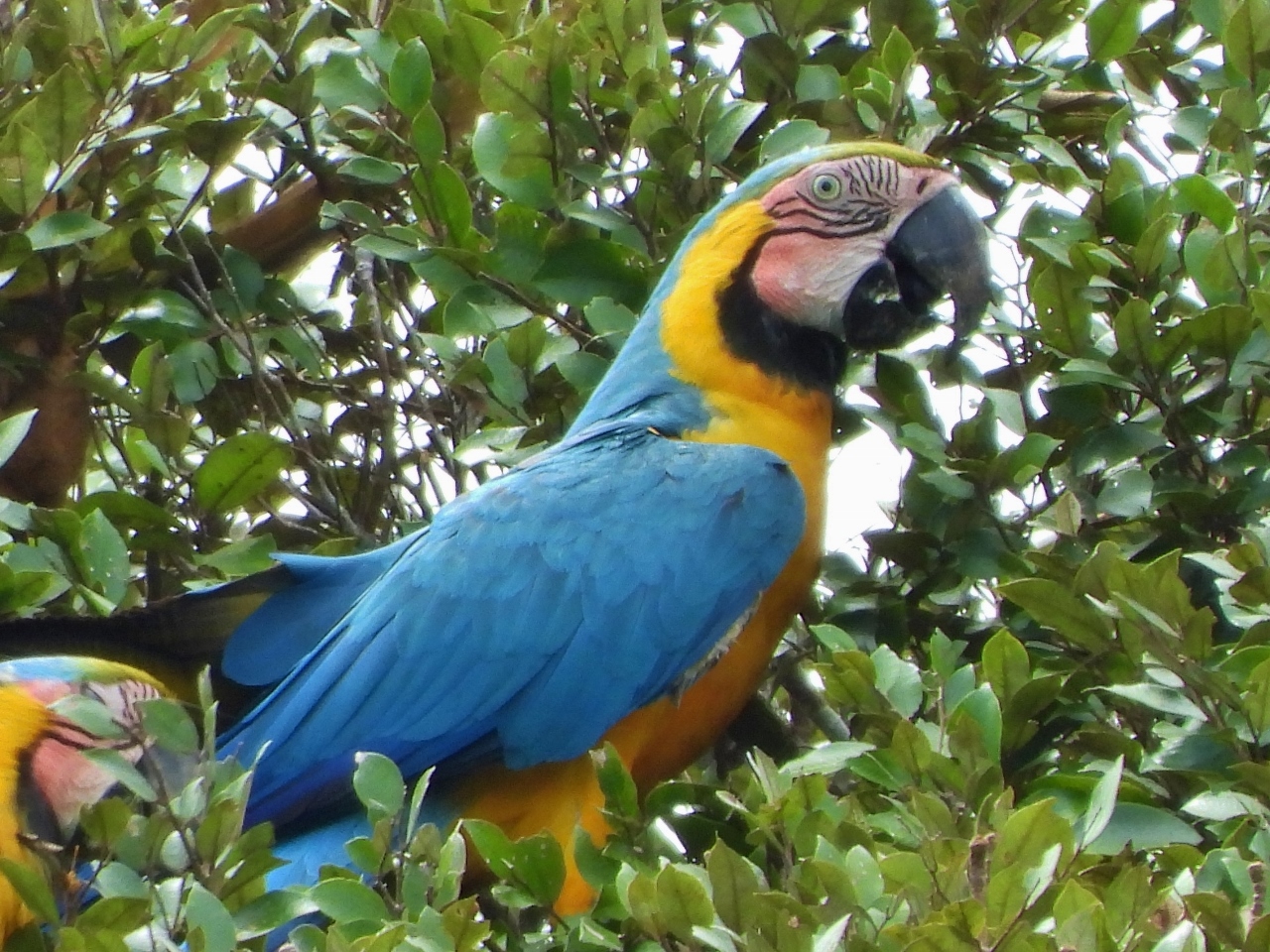
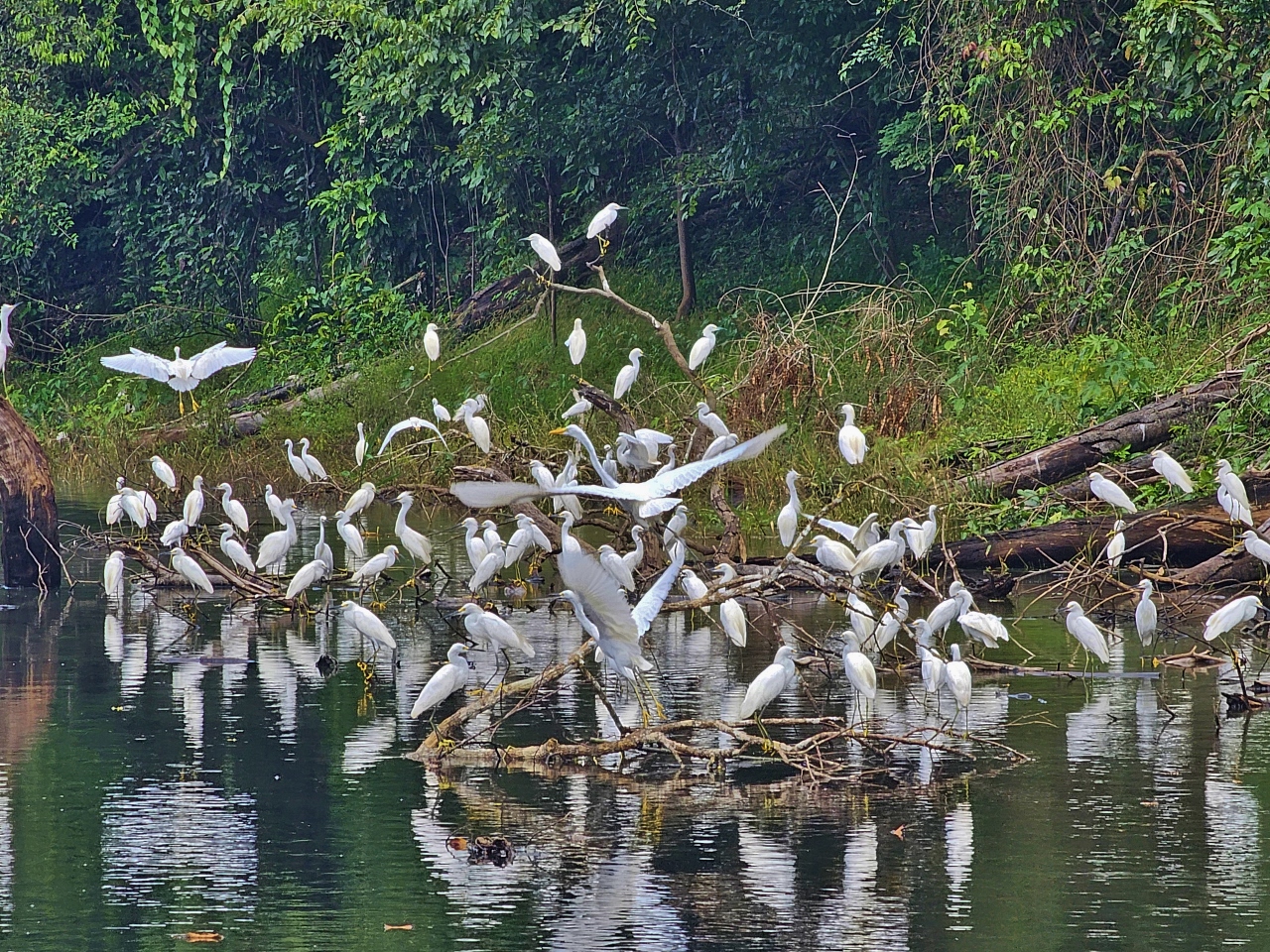
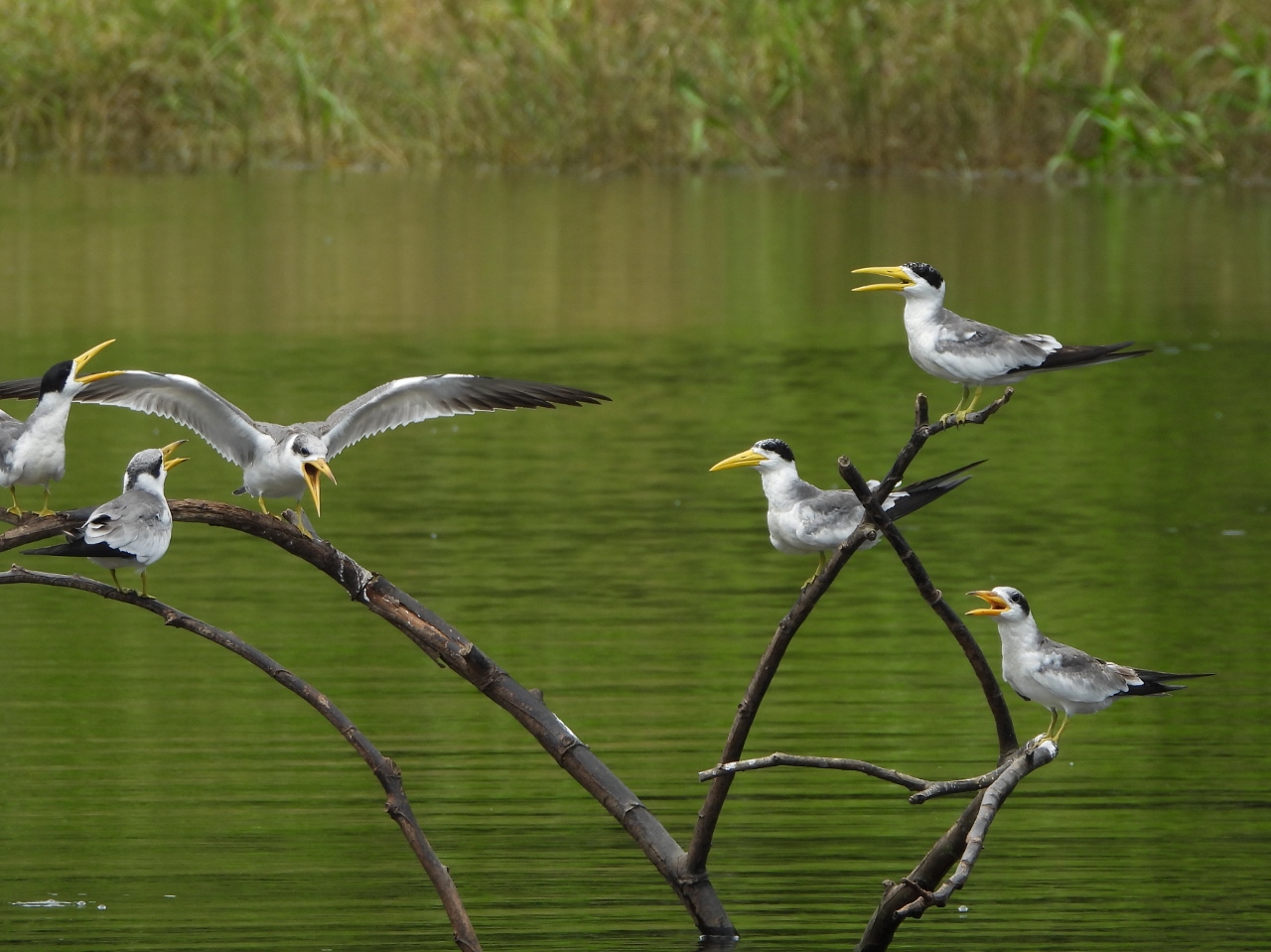
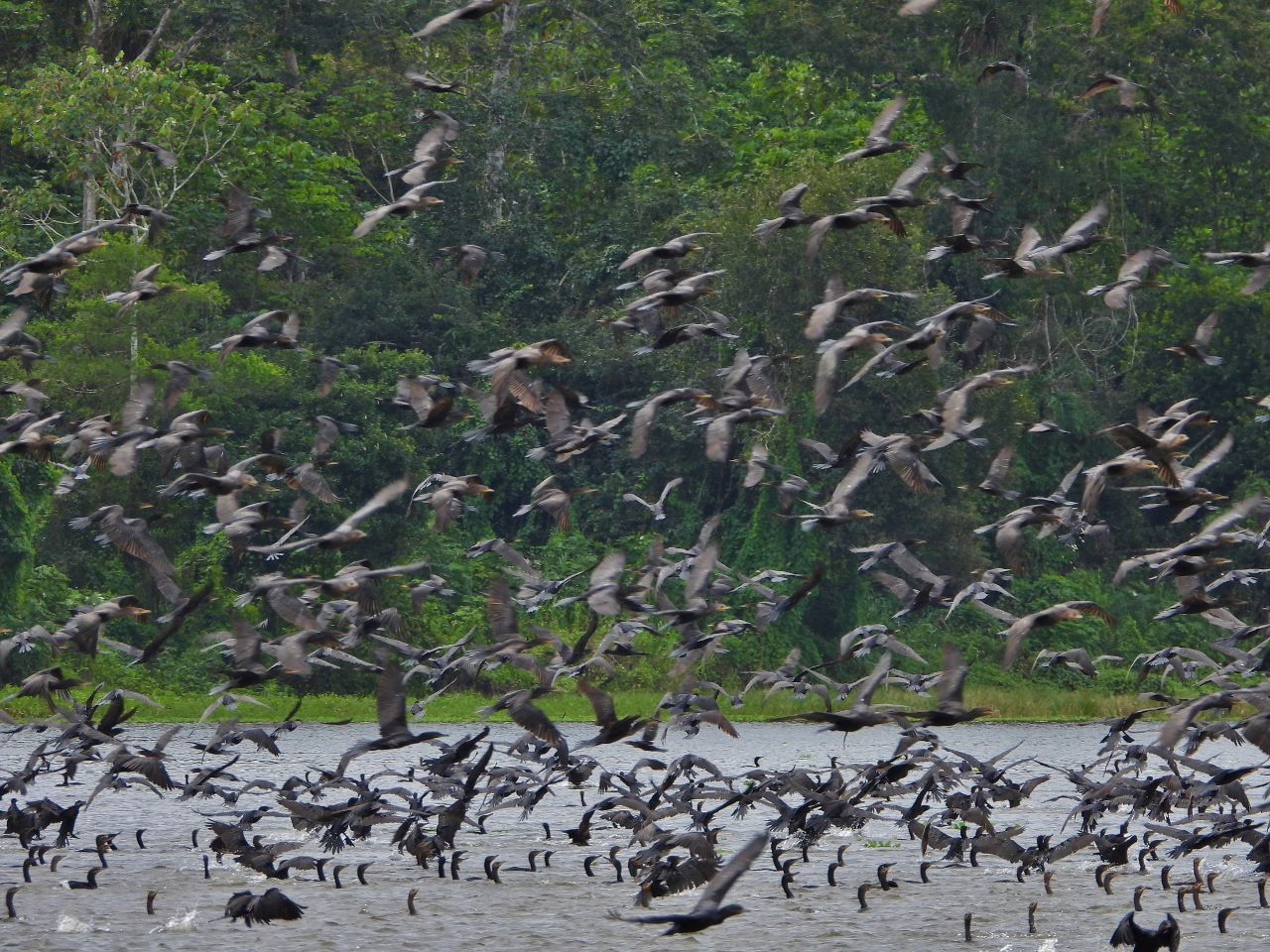
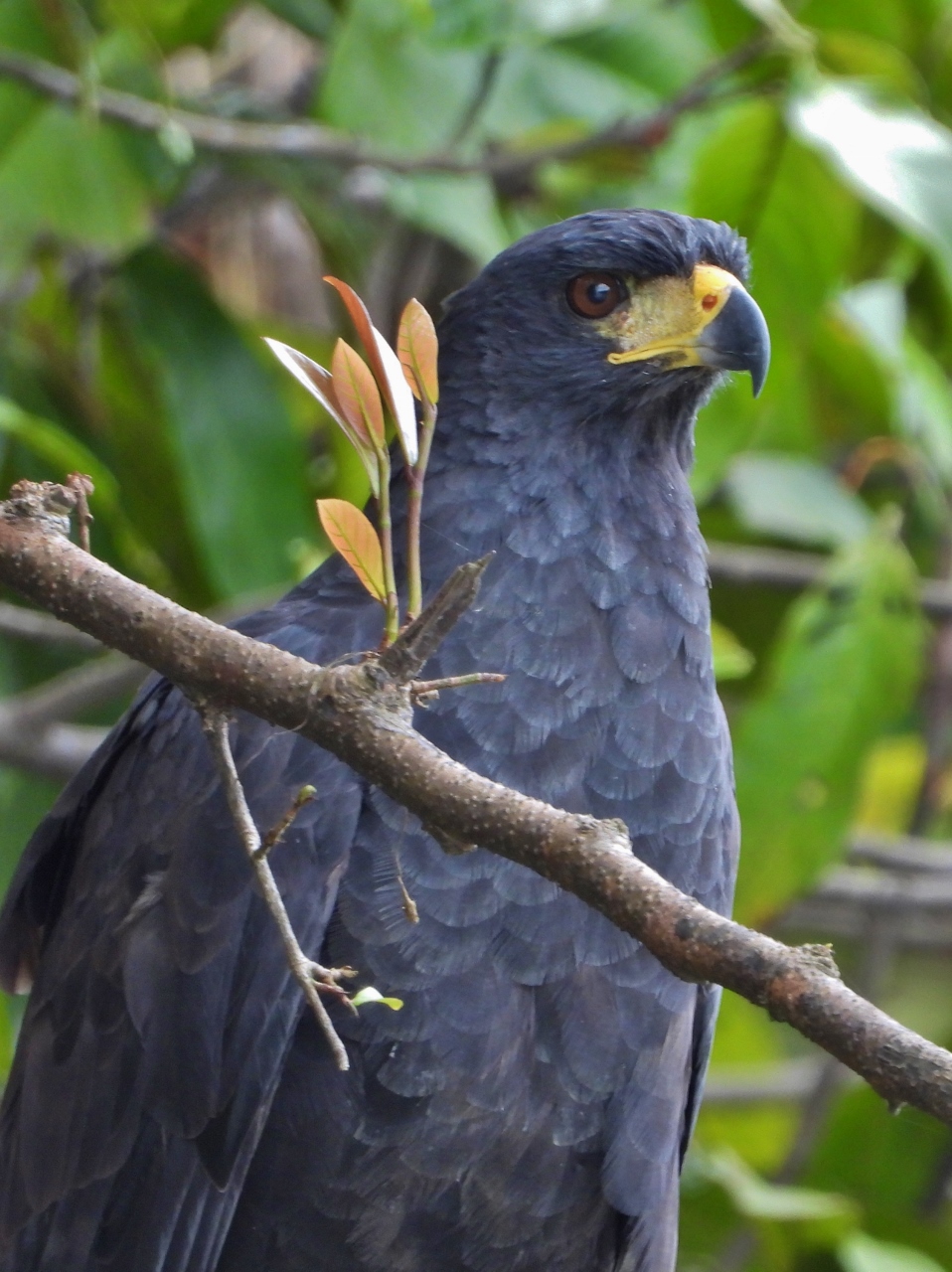
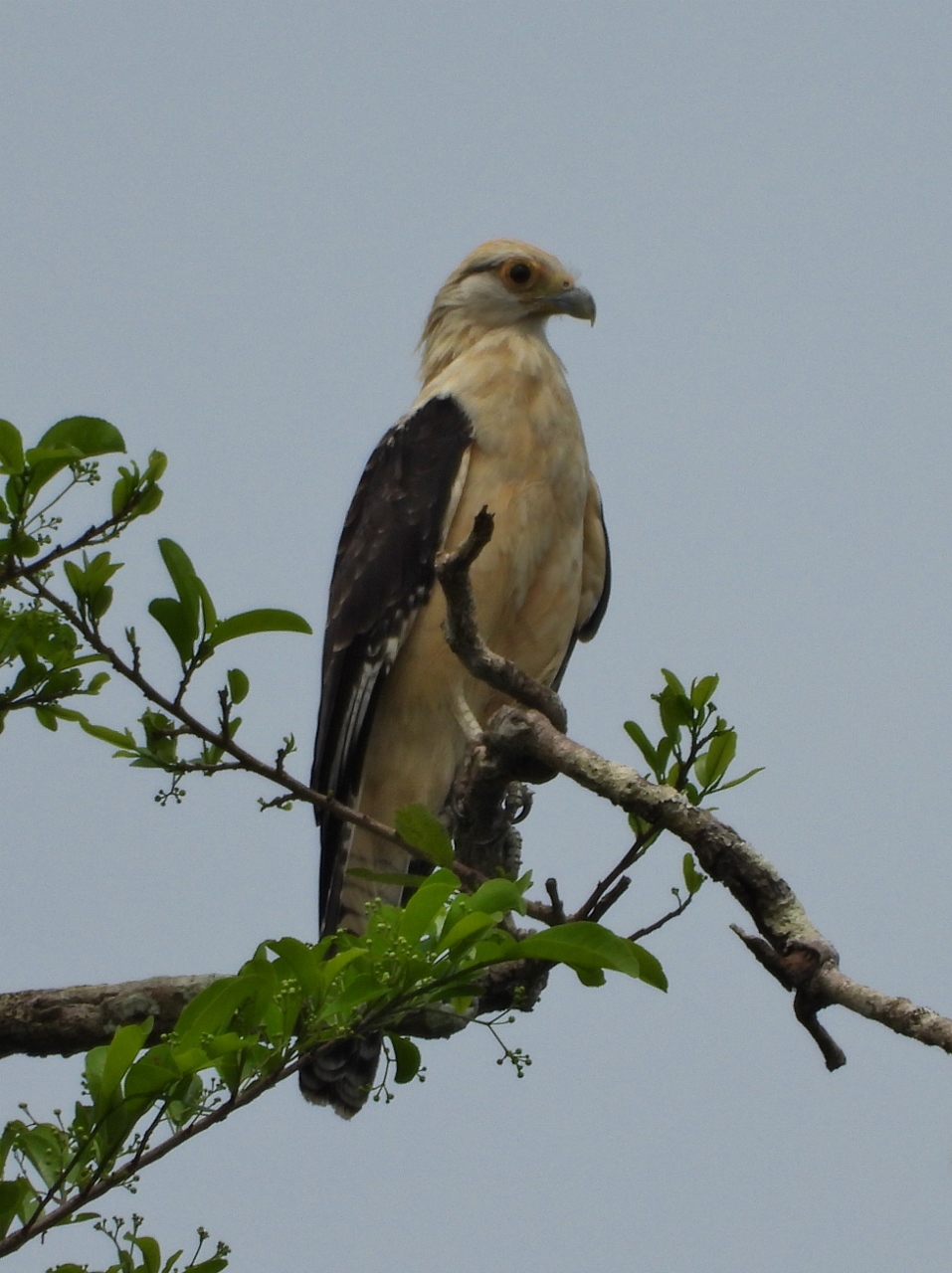
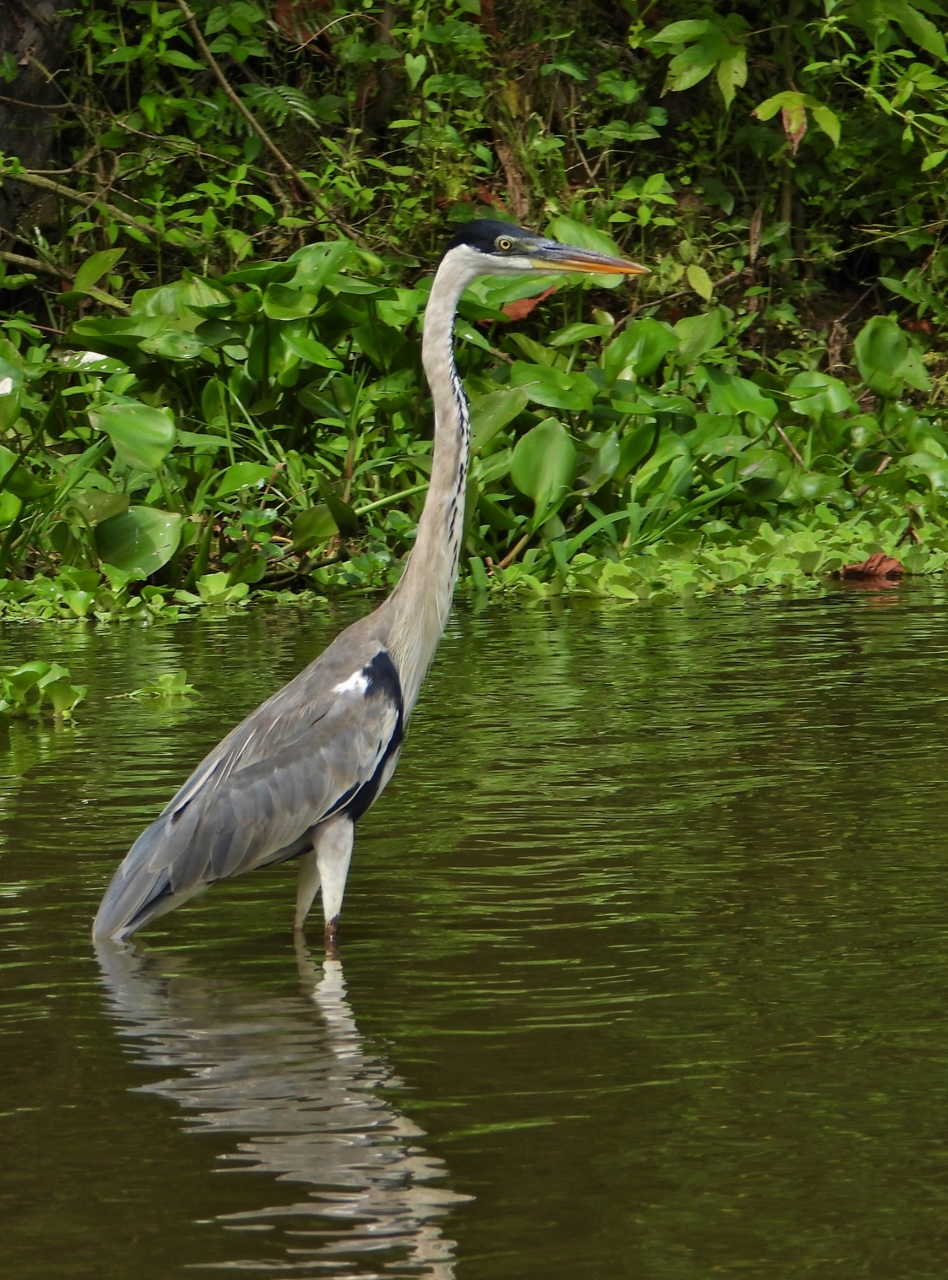
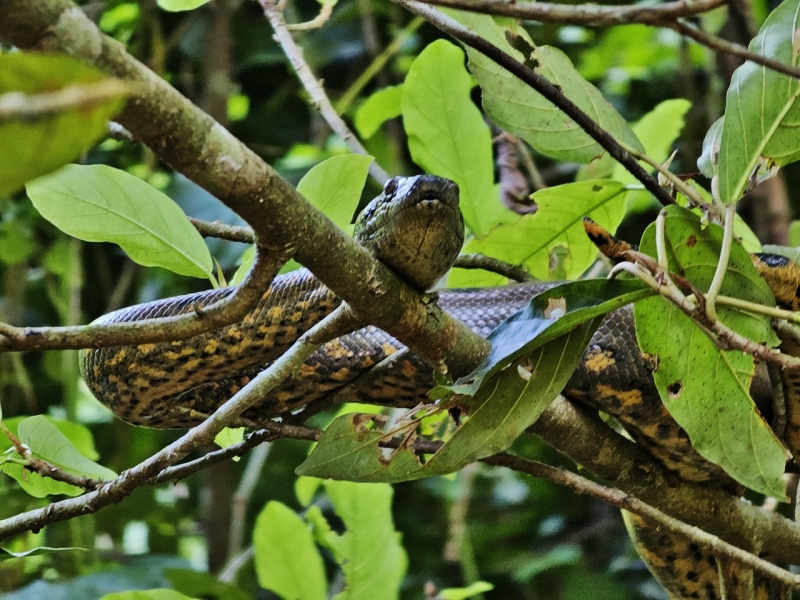
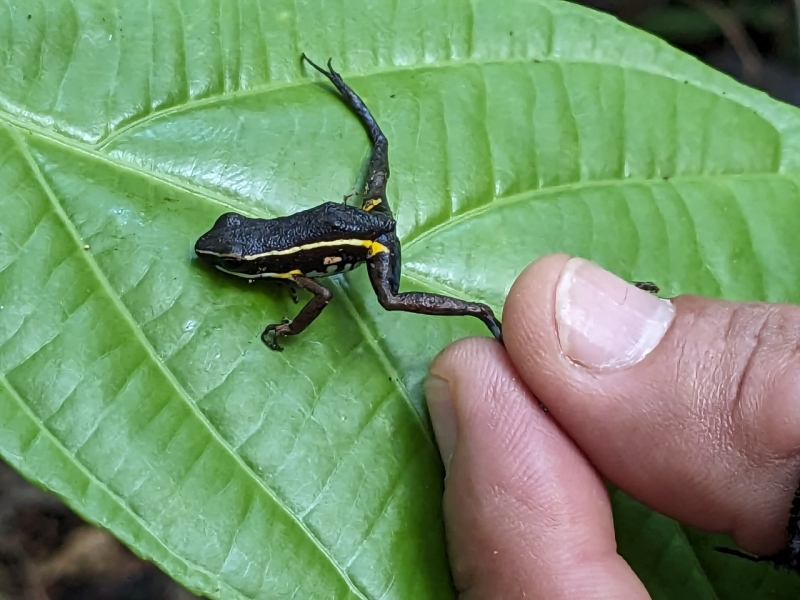
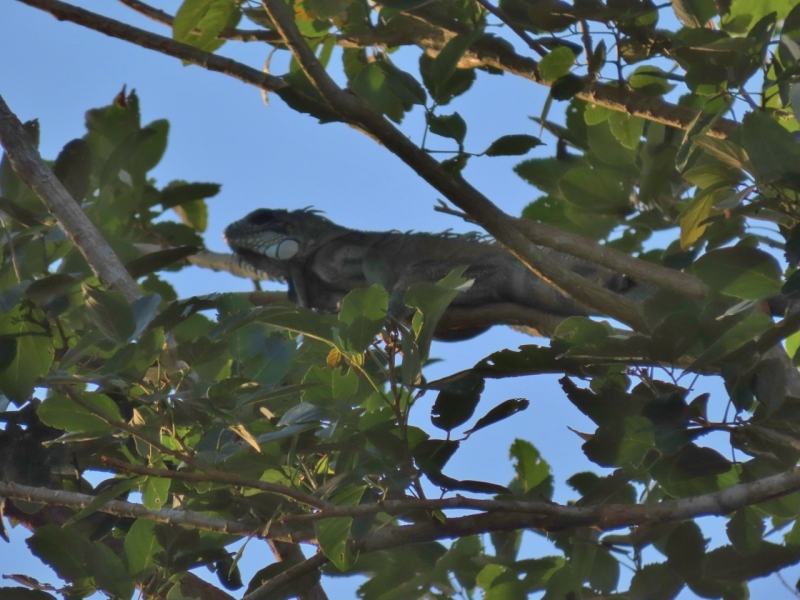
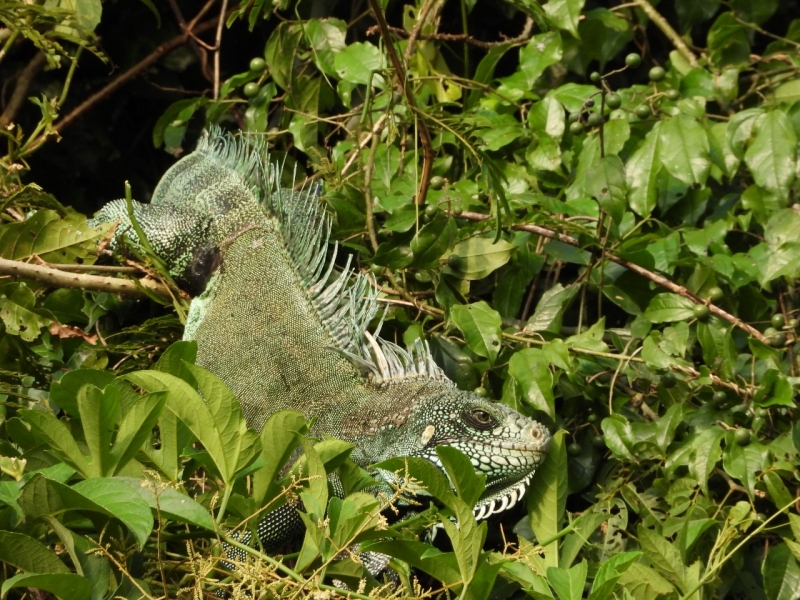
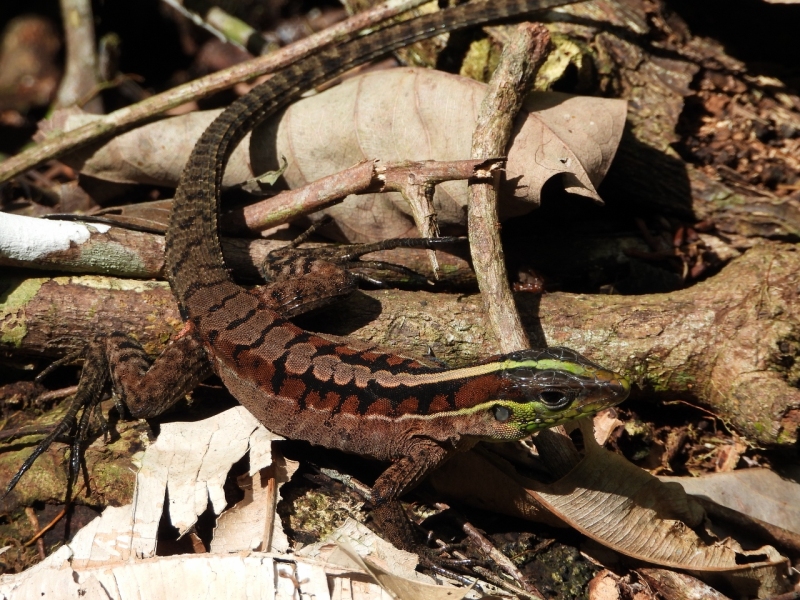
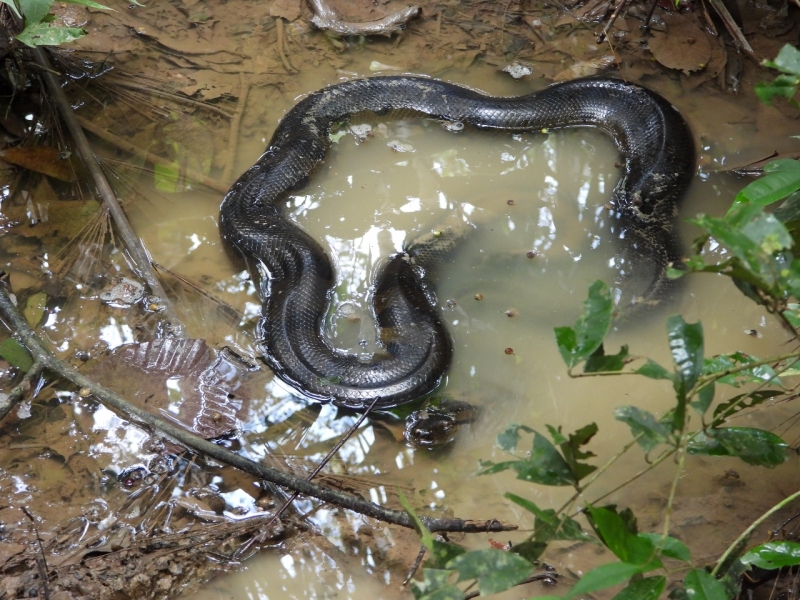

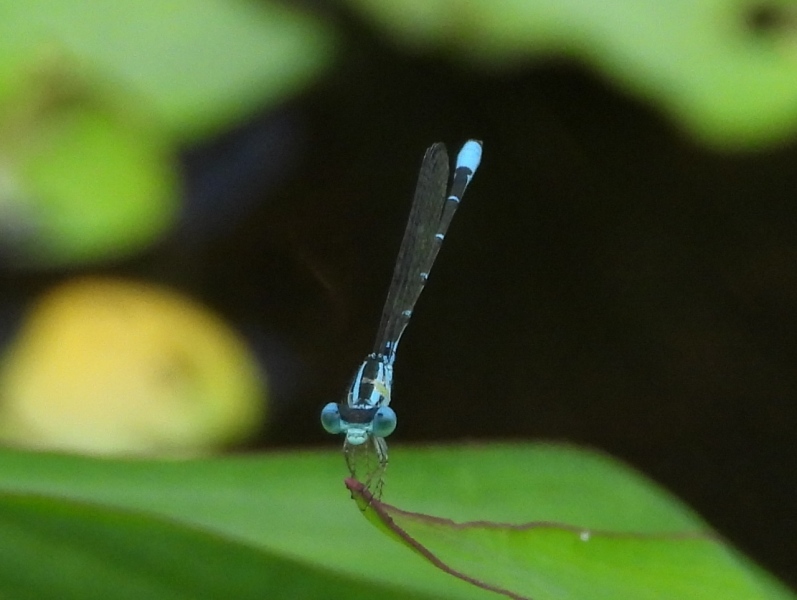
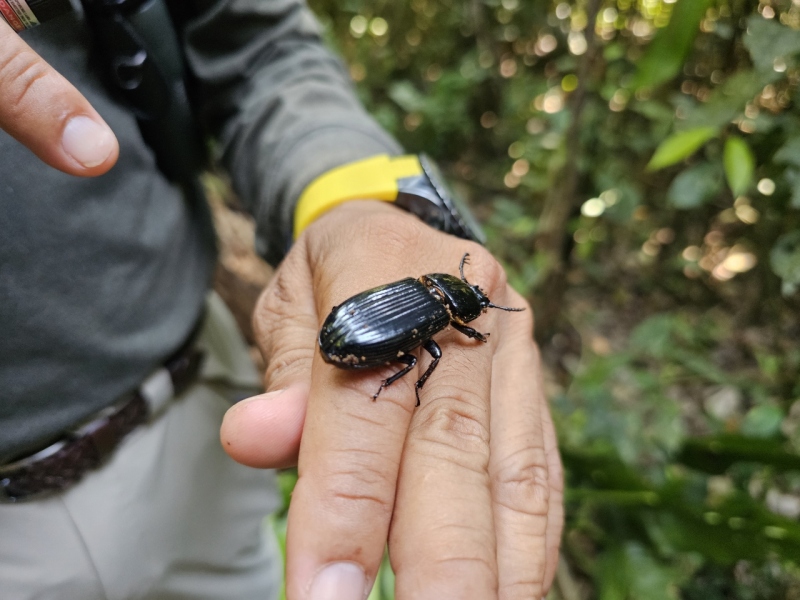
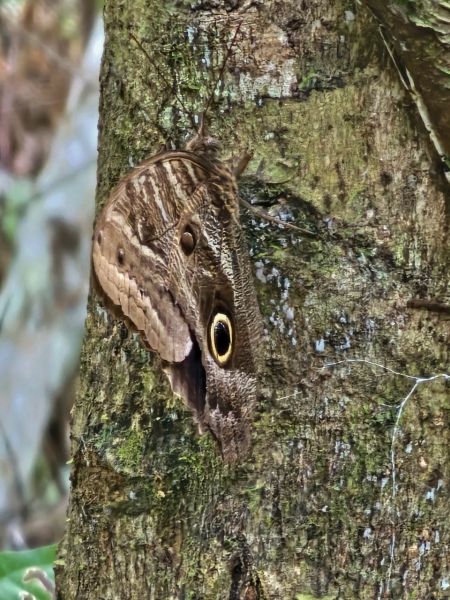
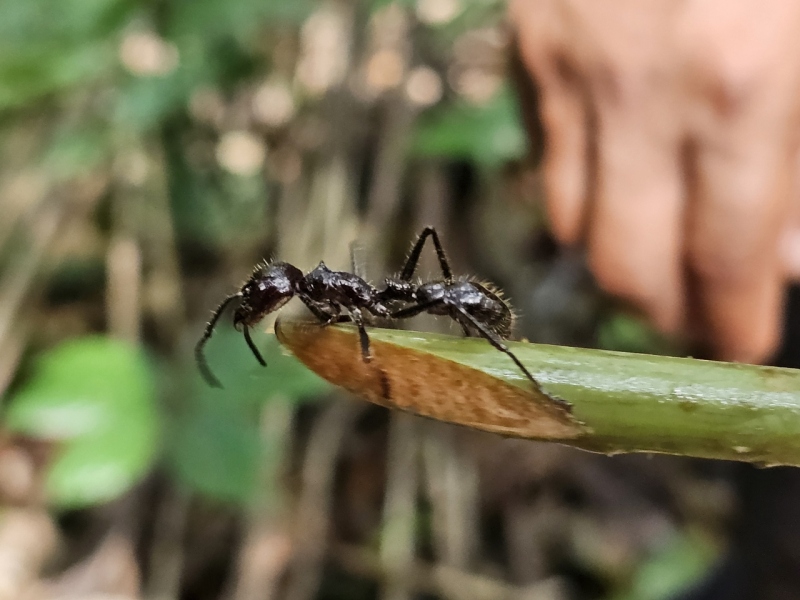

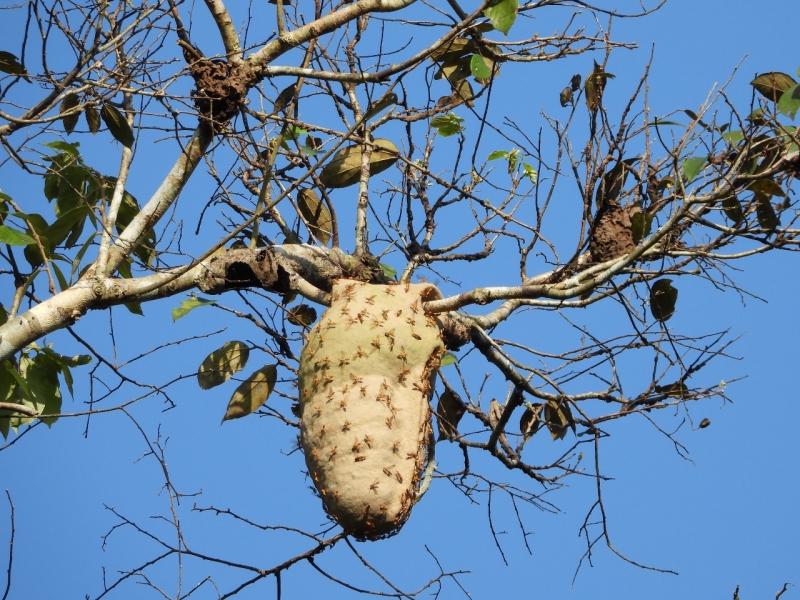
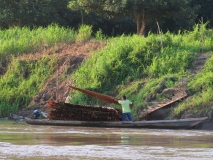
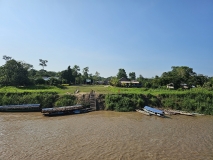
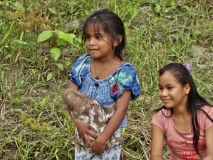
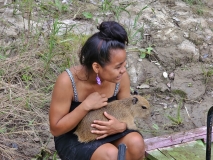
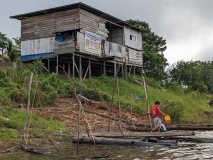
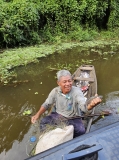
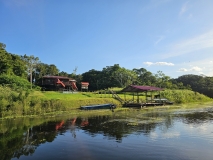
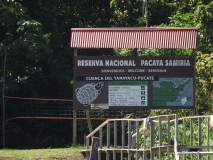
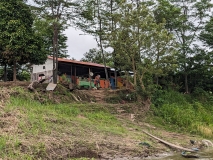
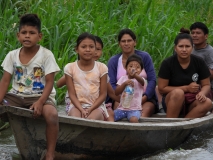
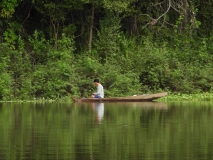
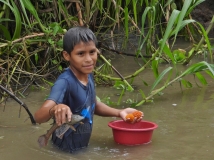
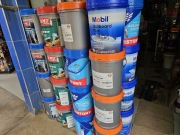
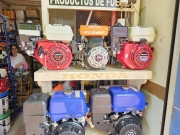
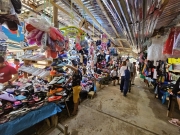
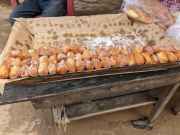
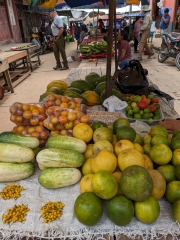
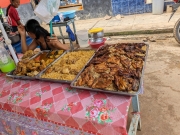
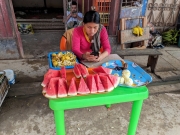
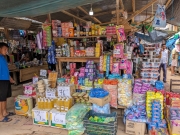
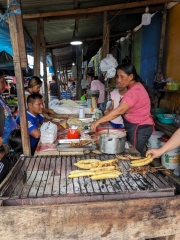
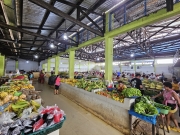
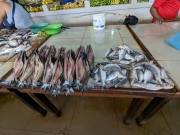
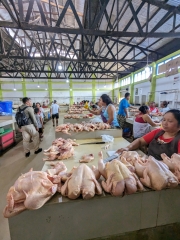
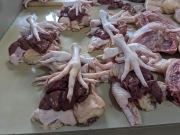

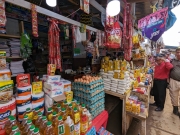
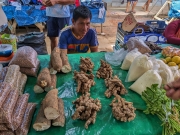
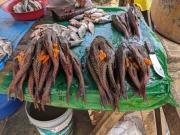
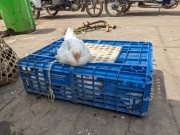
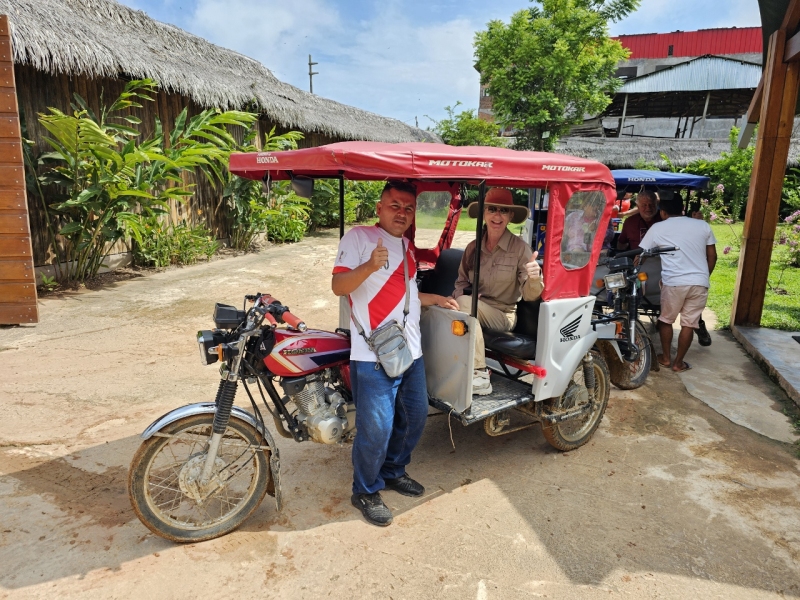
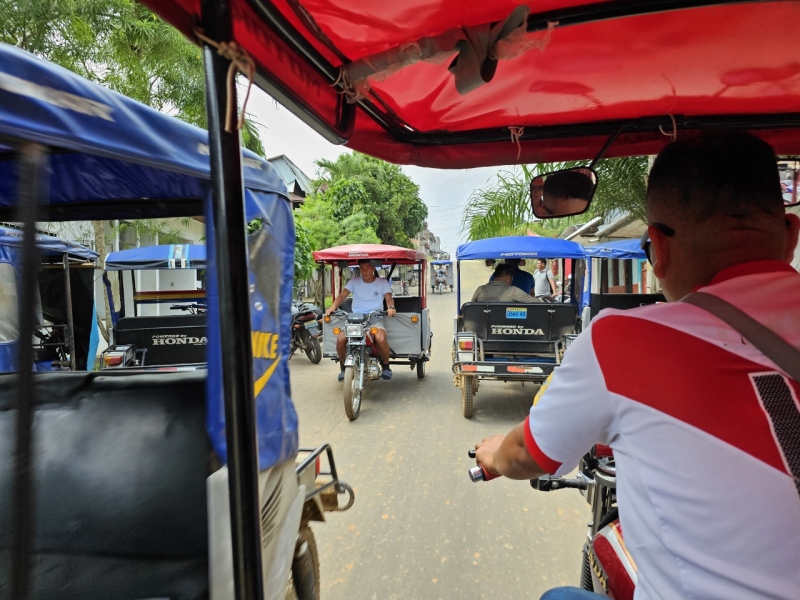
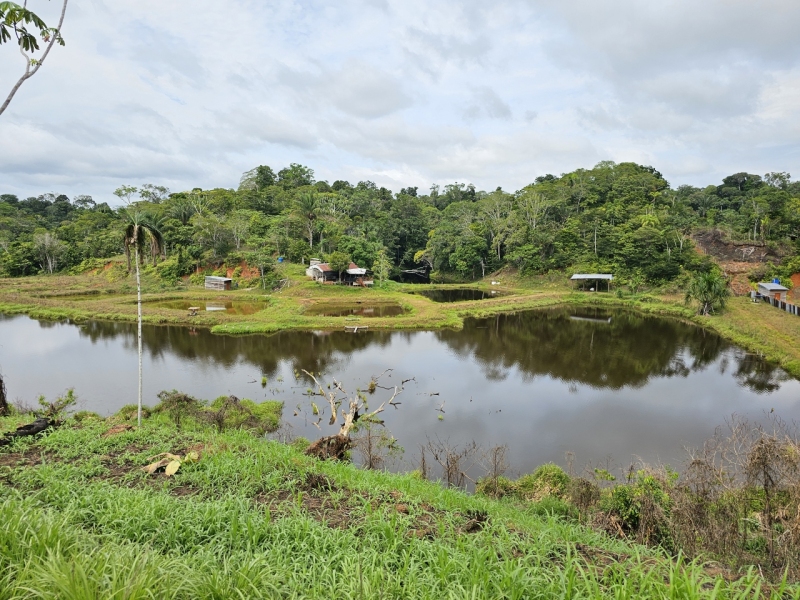
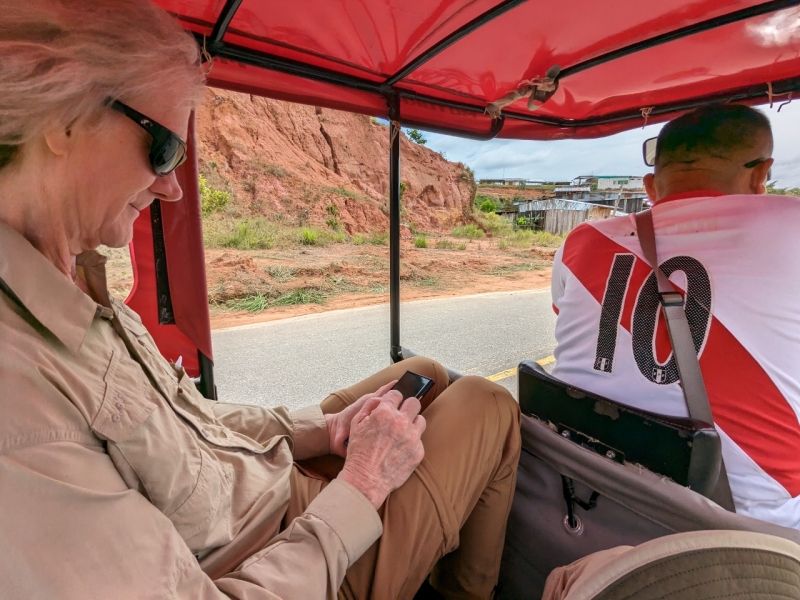
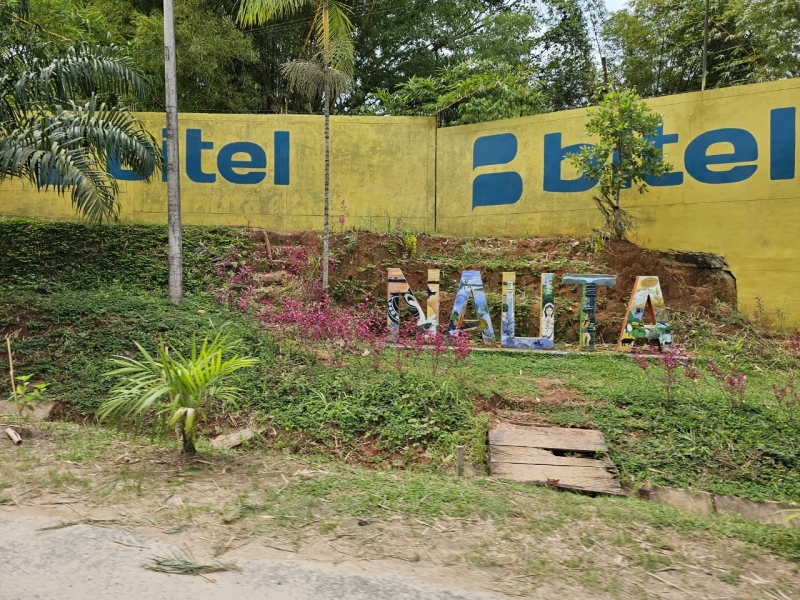
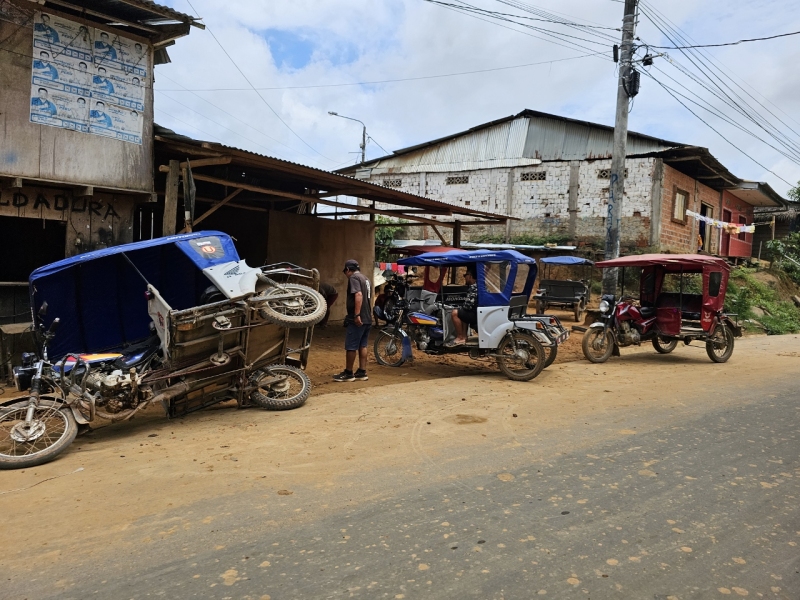
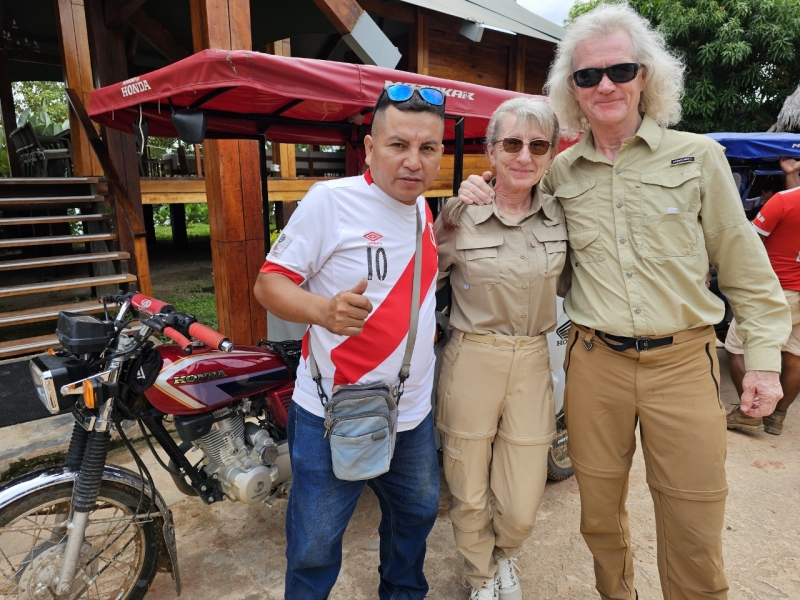
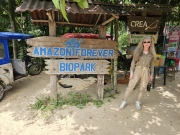
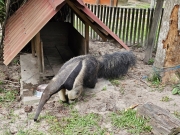
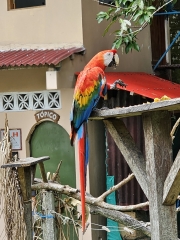
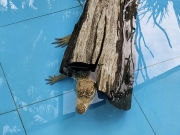
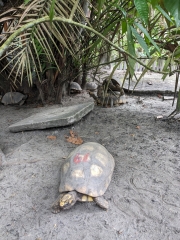
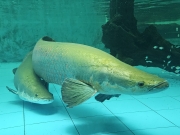
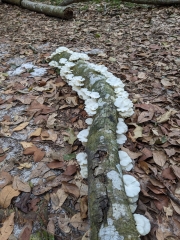
Thank you for your detailed review! If you had to choose between the first half of your cruise (three nights cruising the Ucayali River) and the second half of your cruise (four nights cruising the Maranon River), which one would you recommend based on your experience?
They are pretty close but, on our cruise, the second half was slightly better. It could have been superior weather or just fluke but it was slightly better and it’s an additional day on a fun trip so the second half wins with us. Given the choice, we would take the 4 nights on the Maranon River.
Astonishing photos. So different than your frequent mountaintop vistas. Fabulous critters in and out of the water.
Thanks John. We loved the trip for exactly that reason. It was completely different from anything we have done before. This afternoon Jen and I are in SeaTac airport on our way to Qatar for what we hope is another really fun trip.
All the best in 2024 from Jen and I.